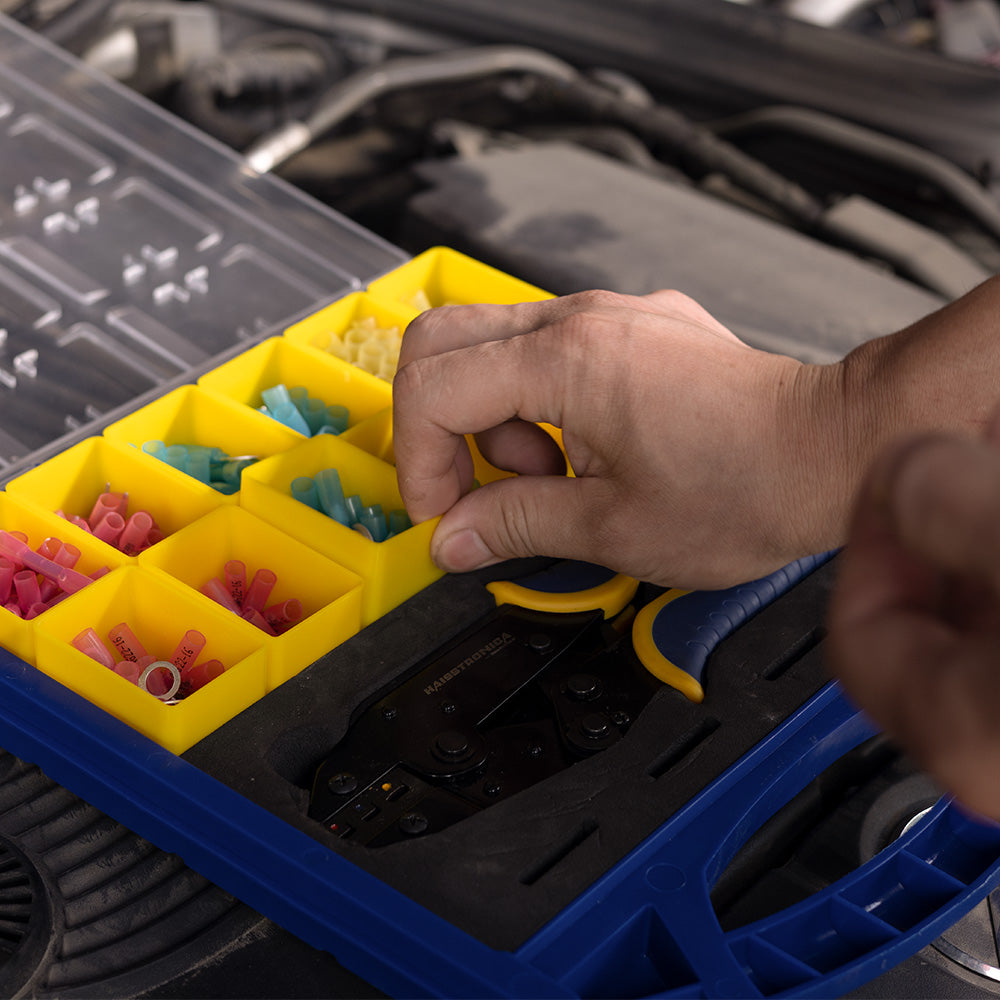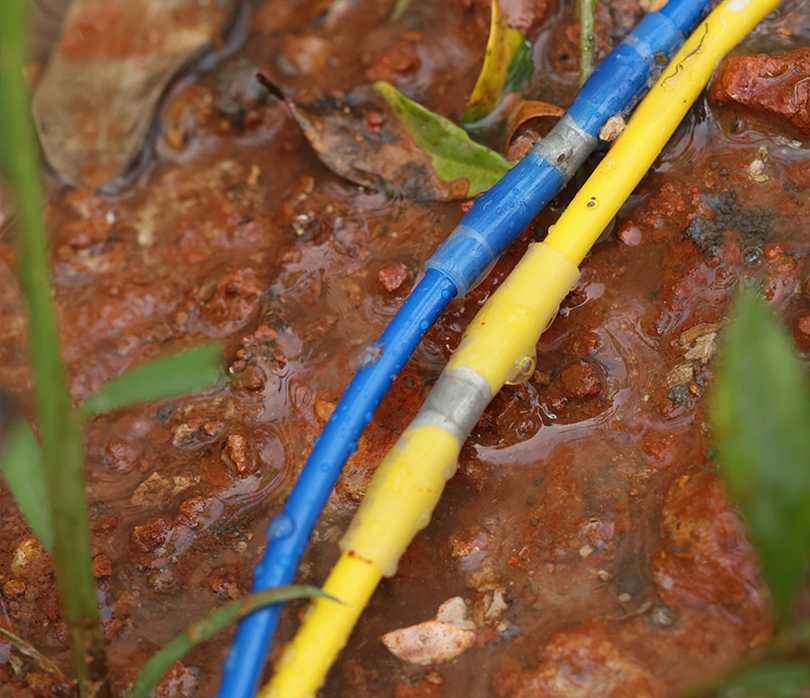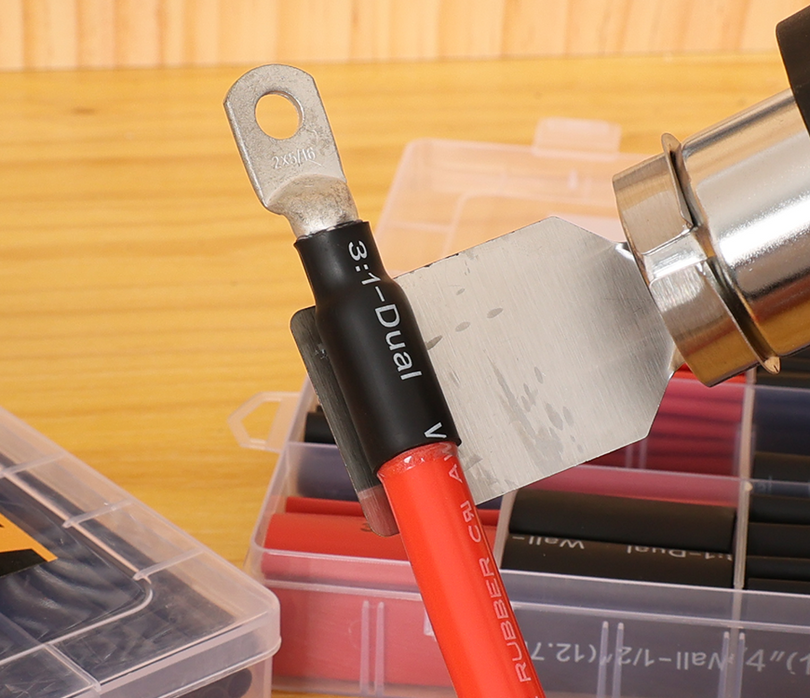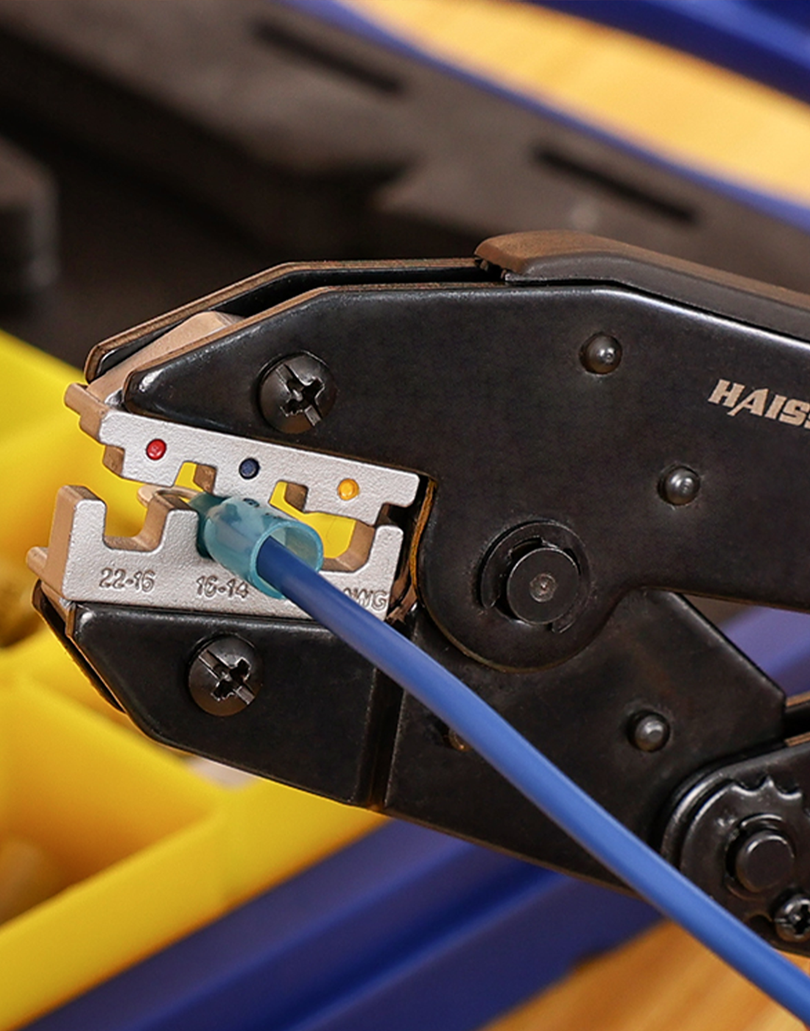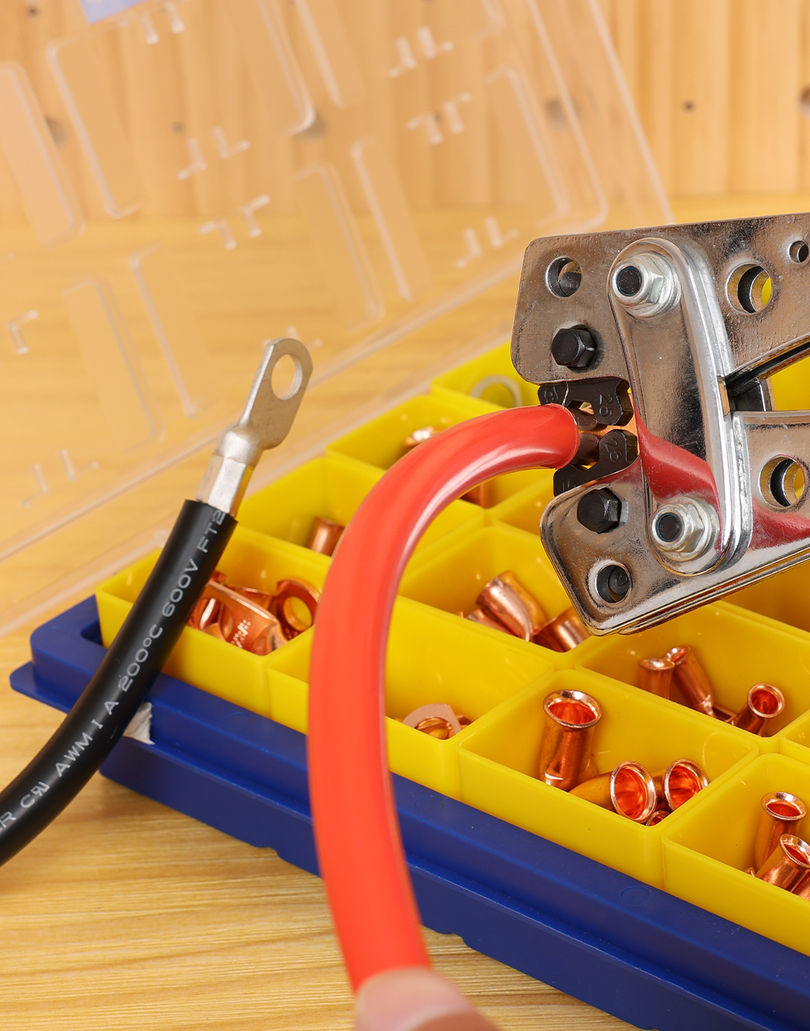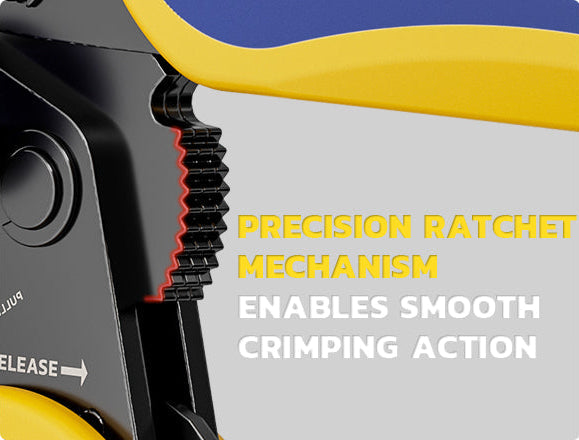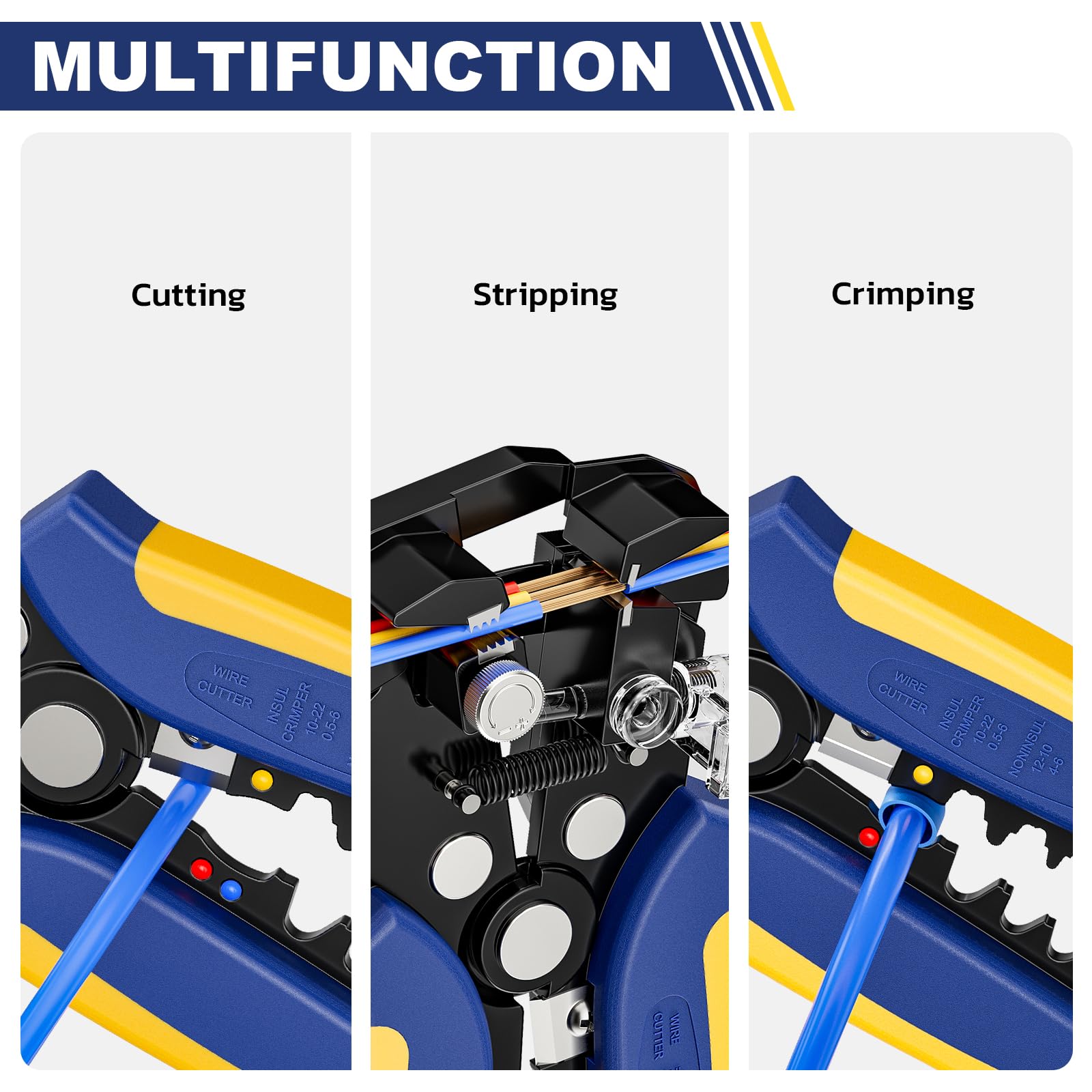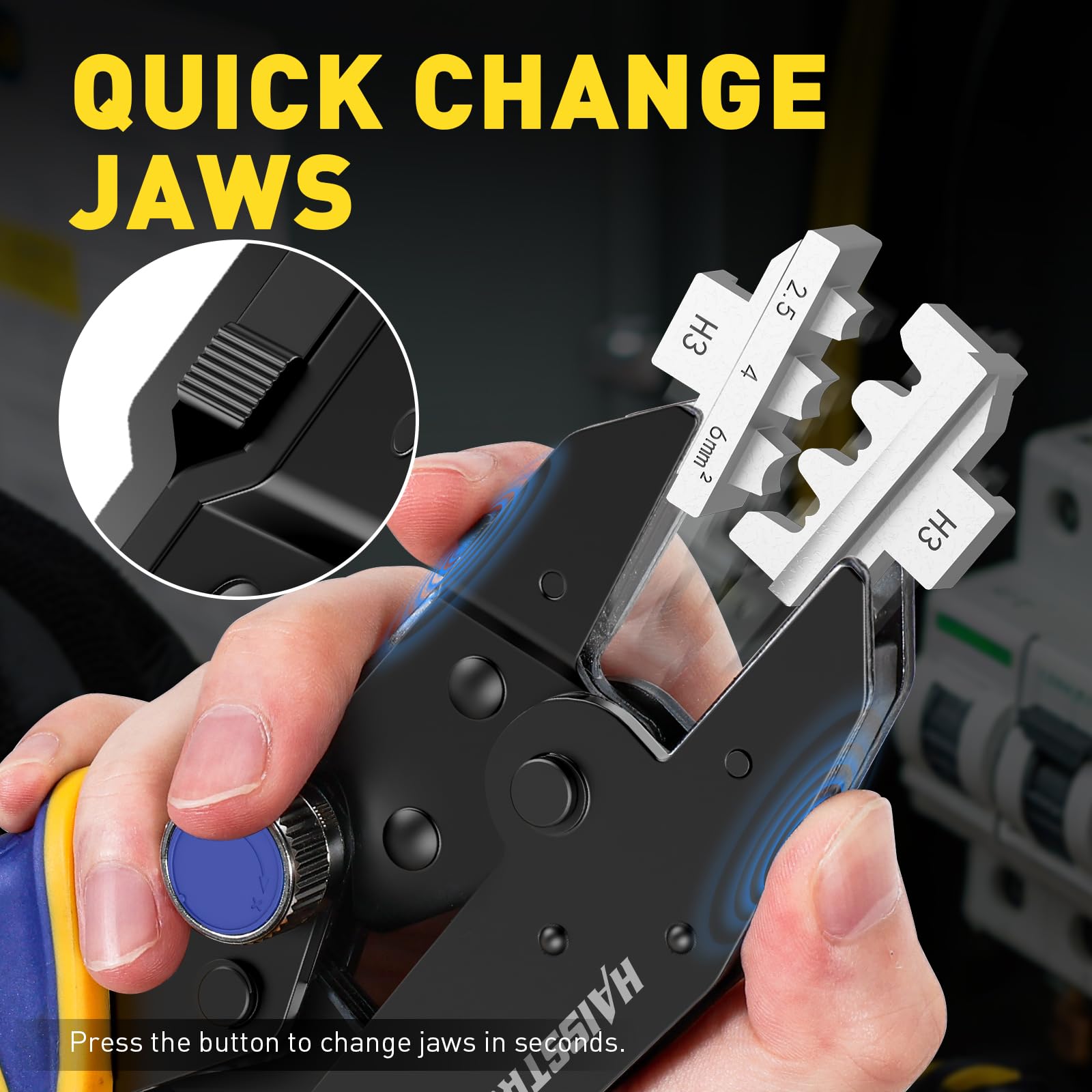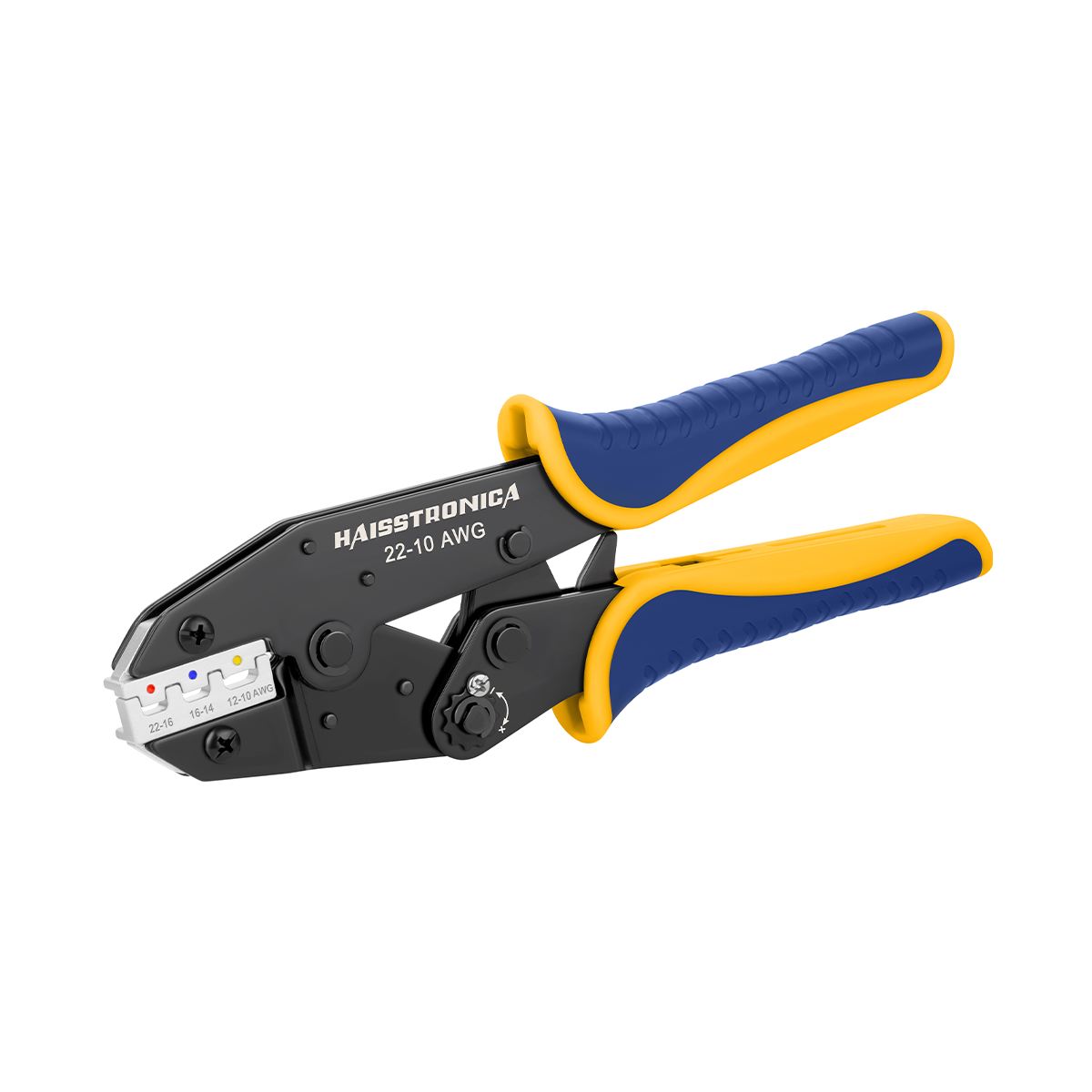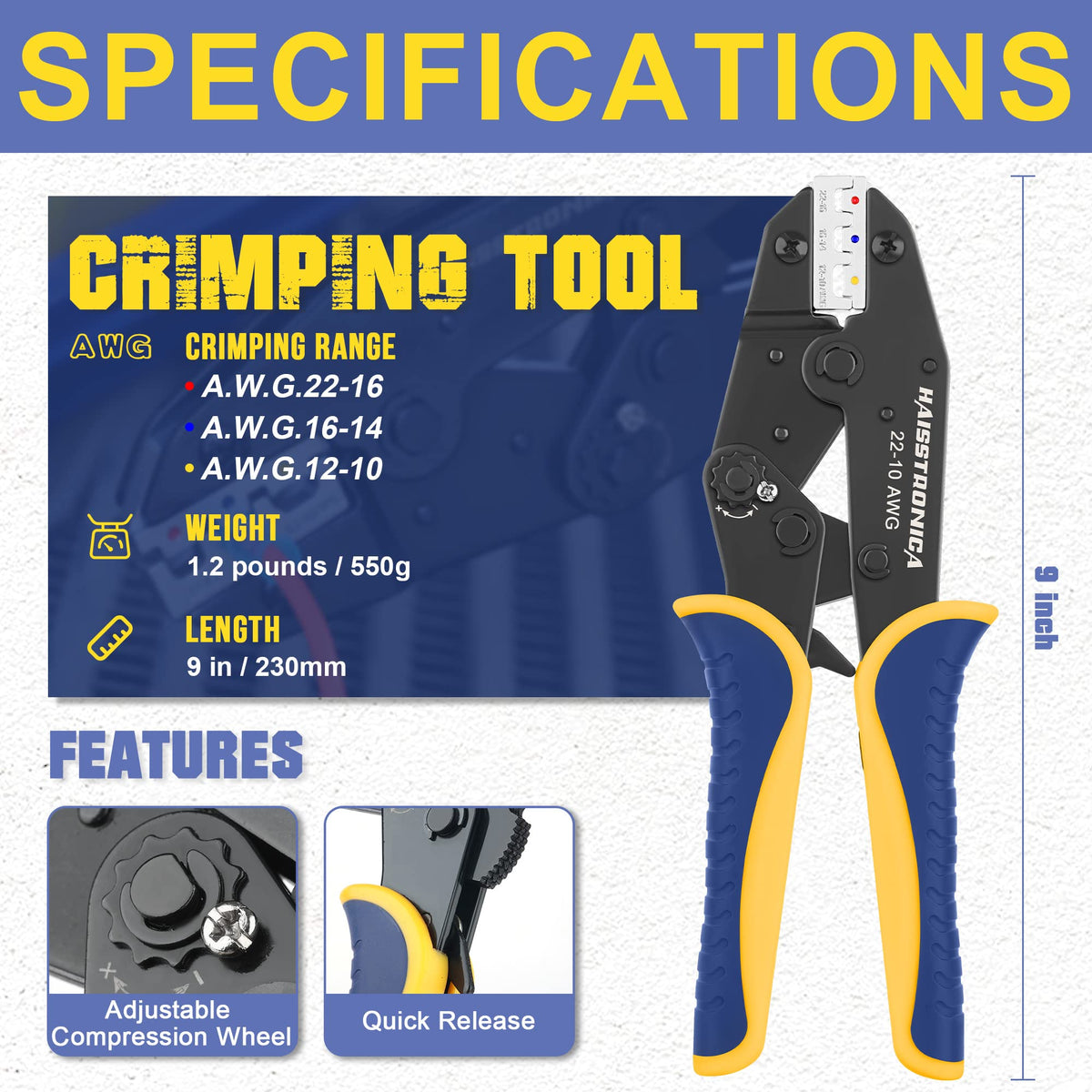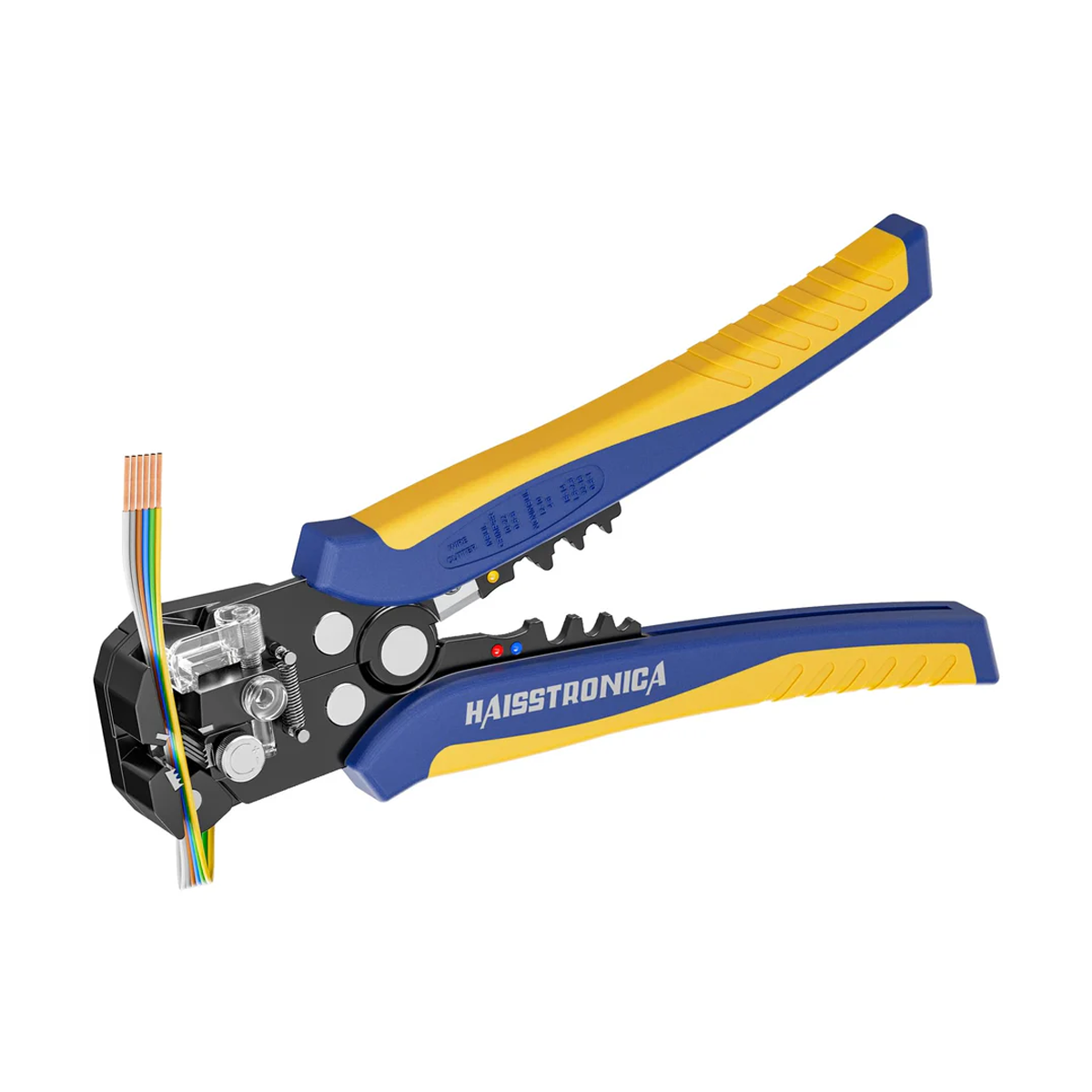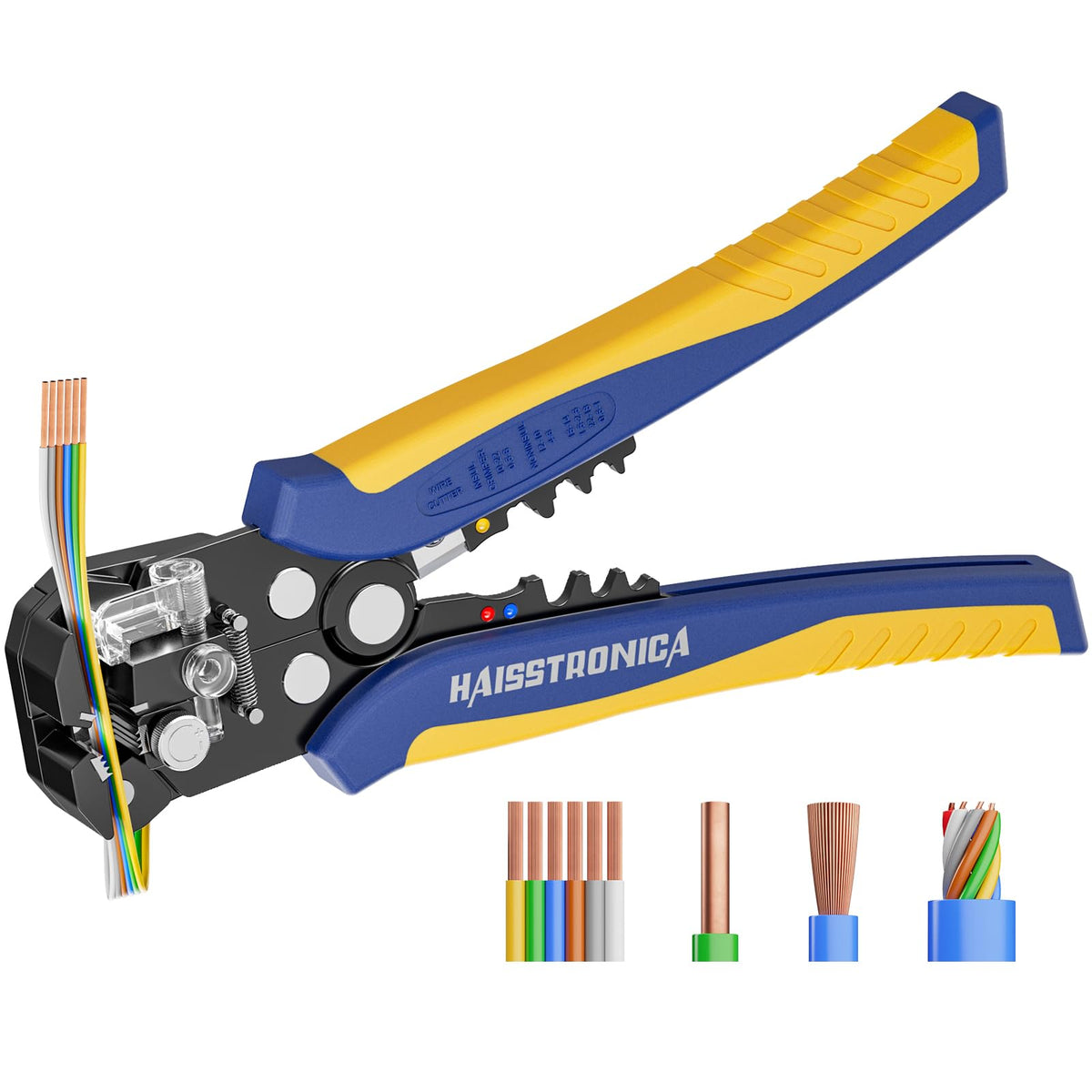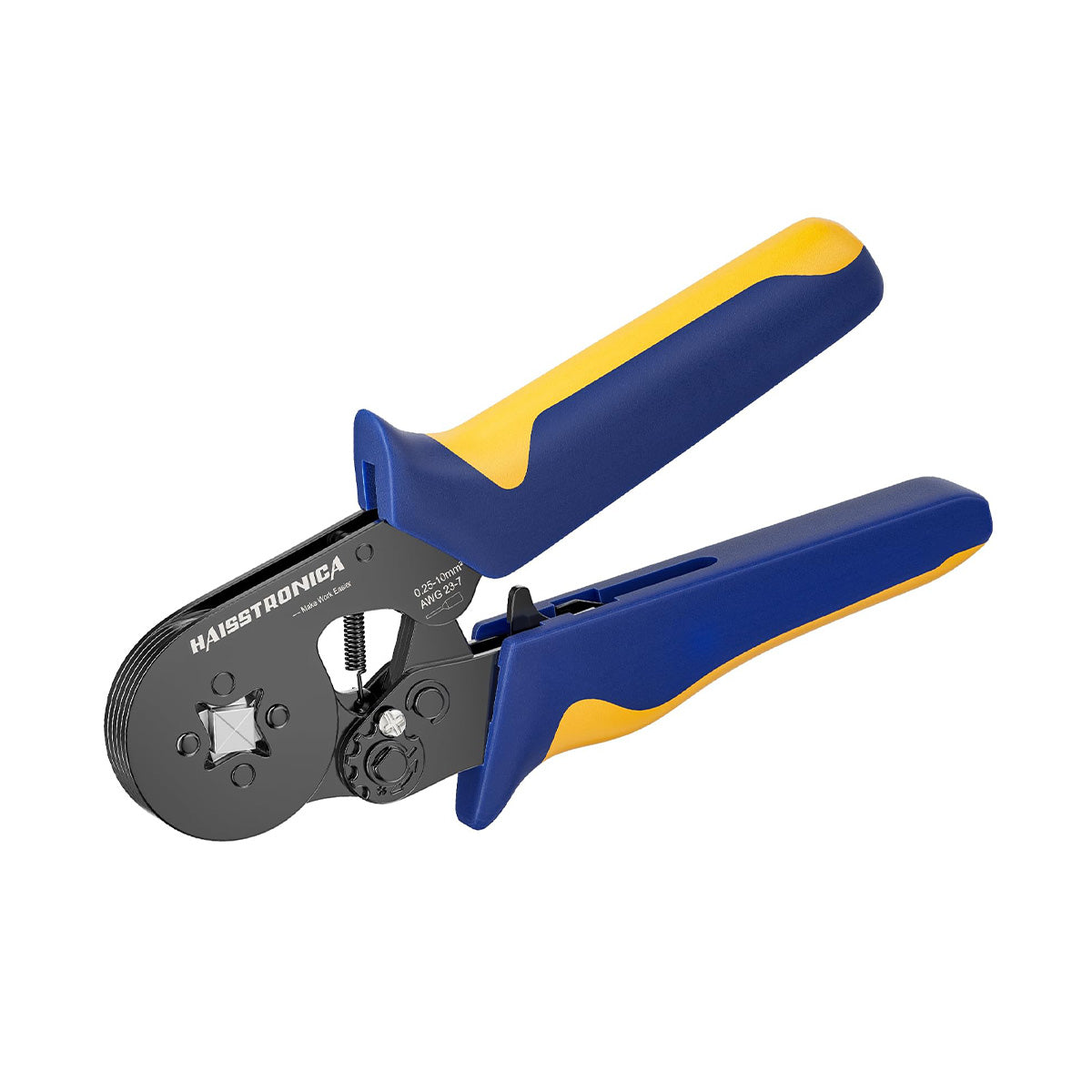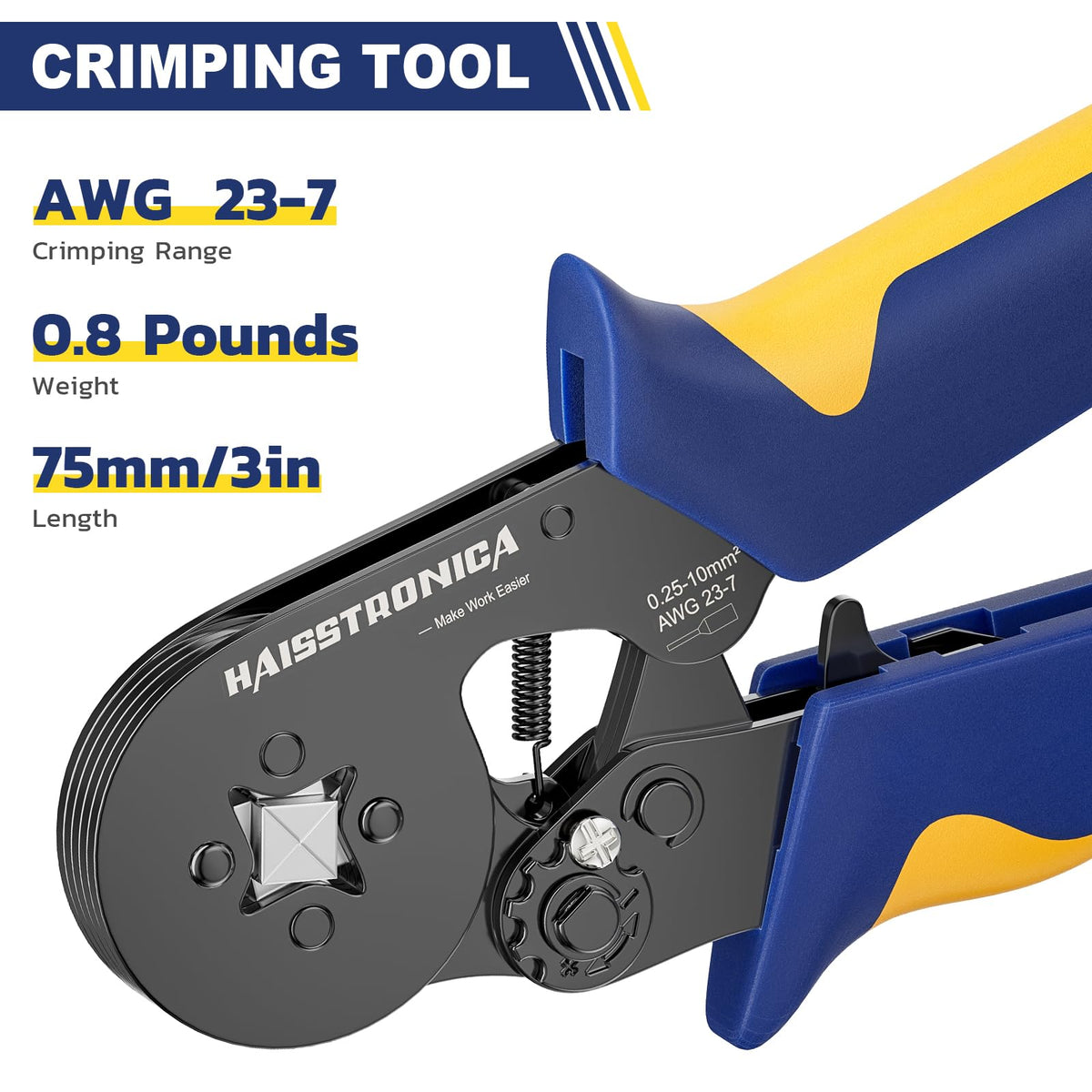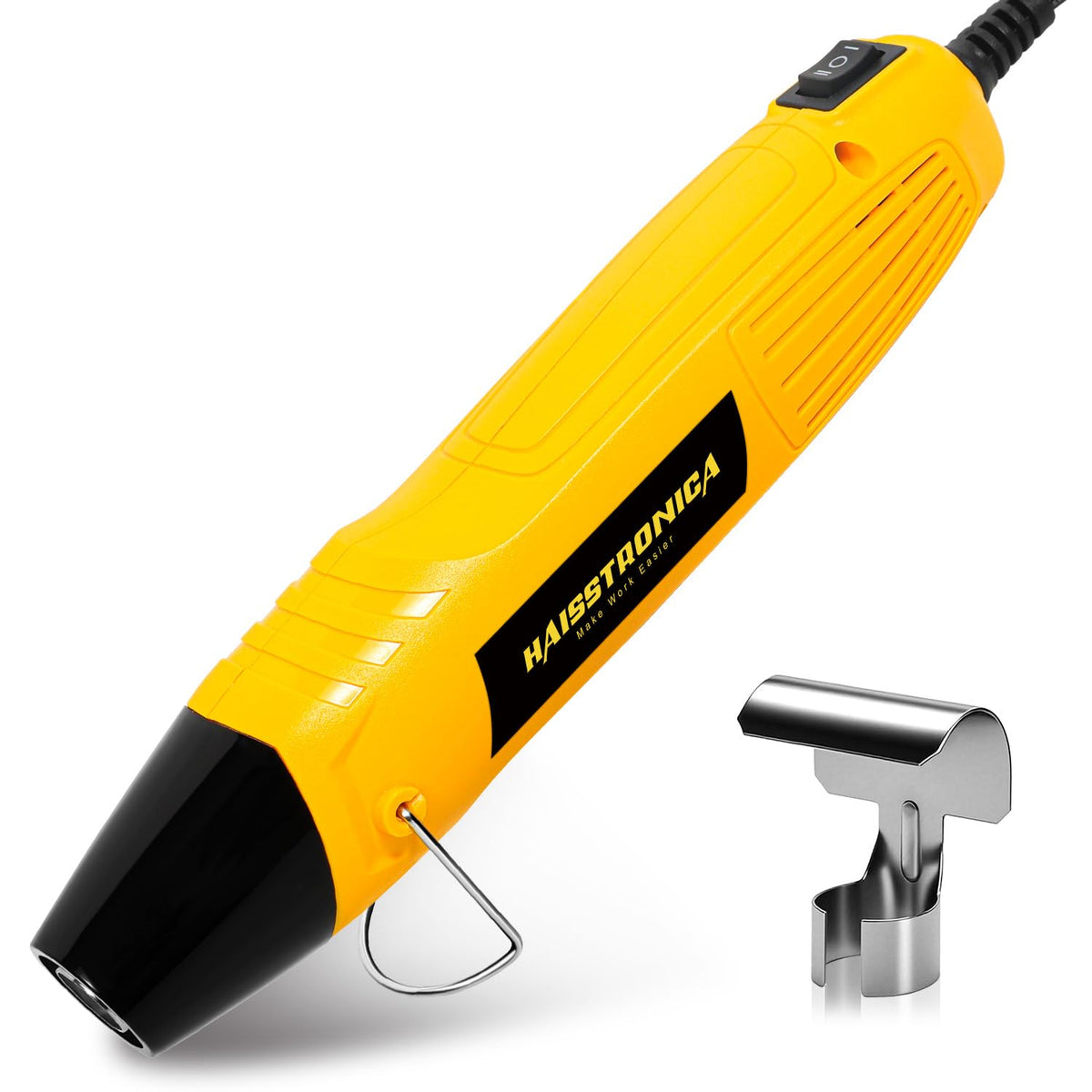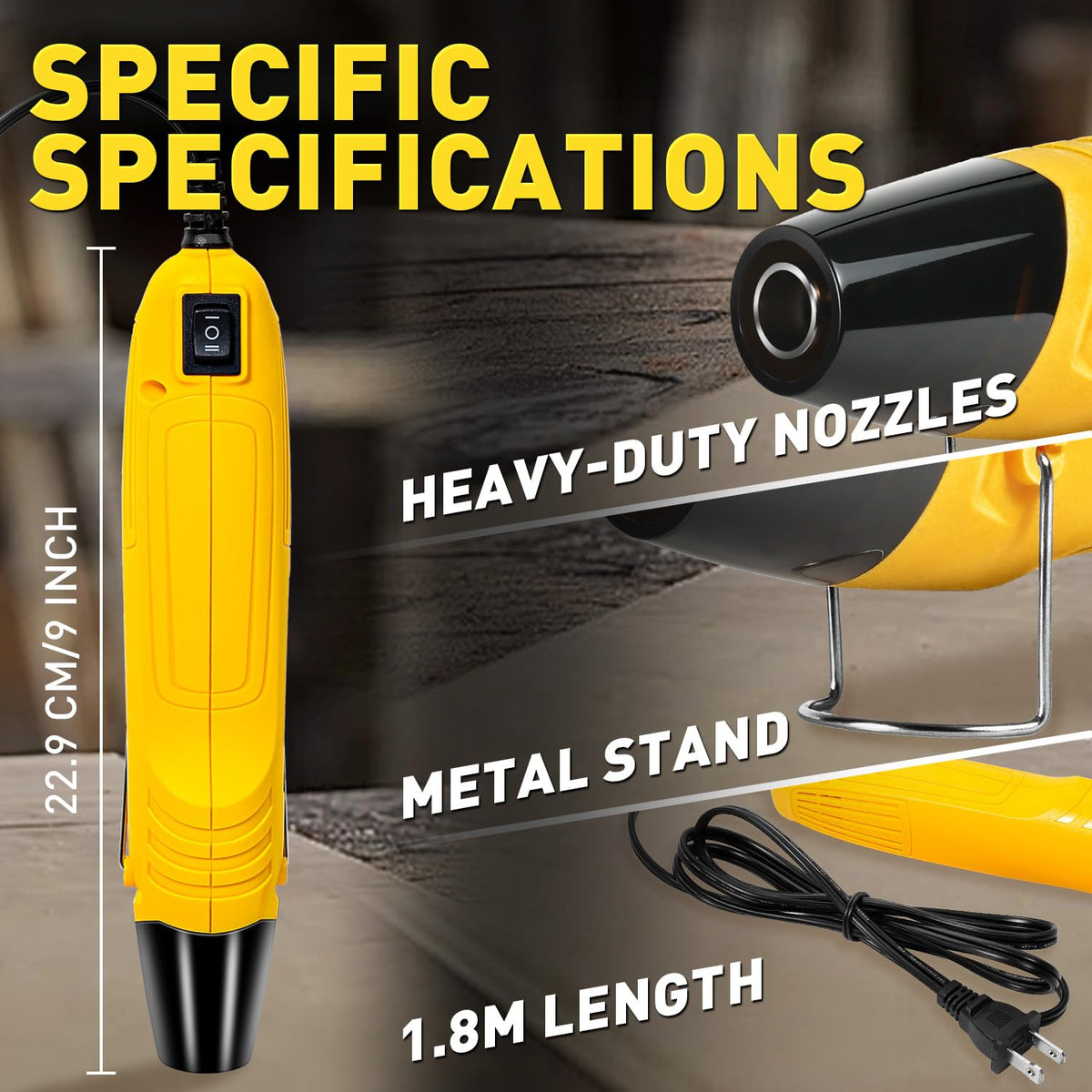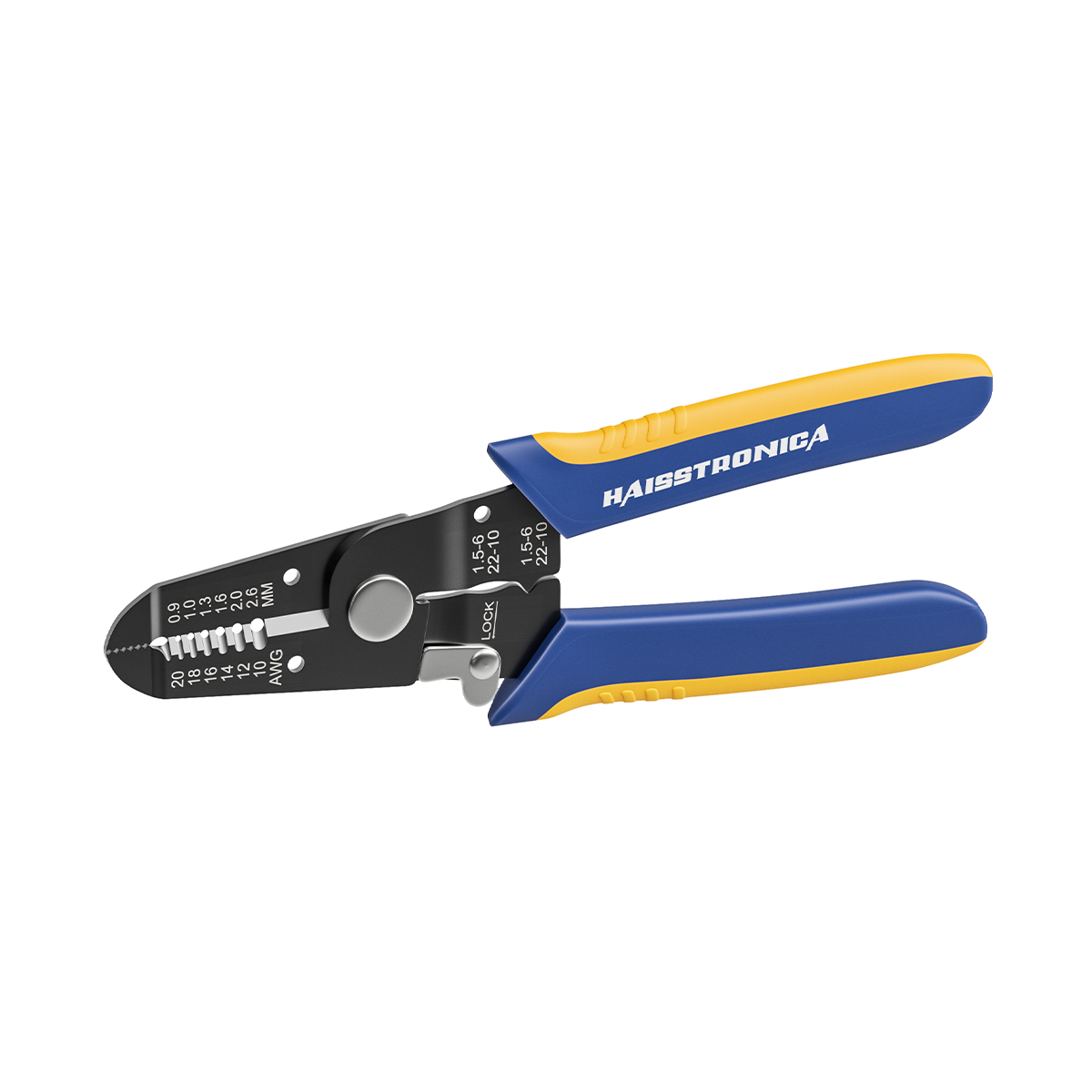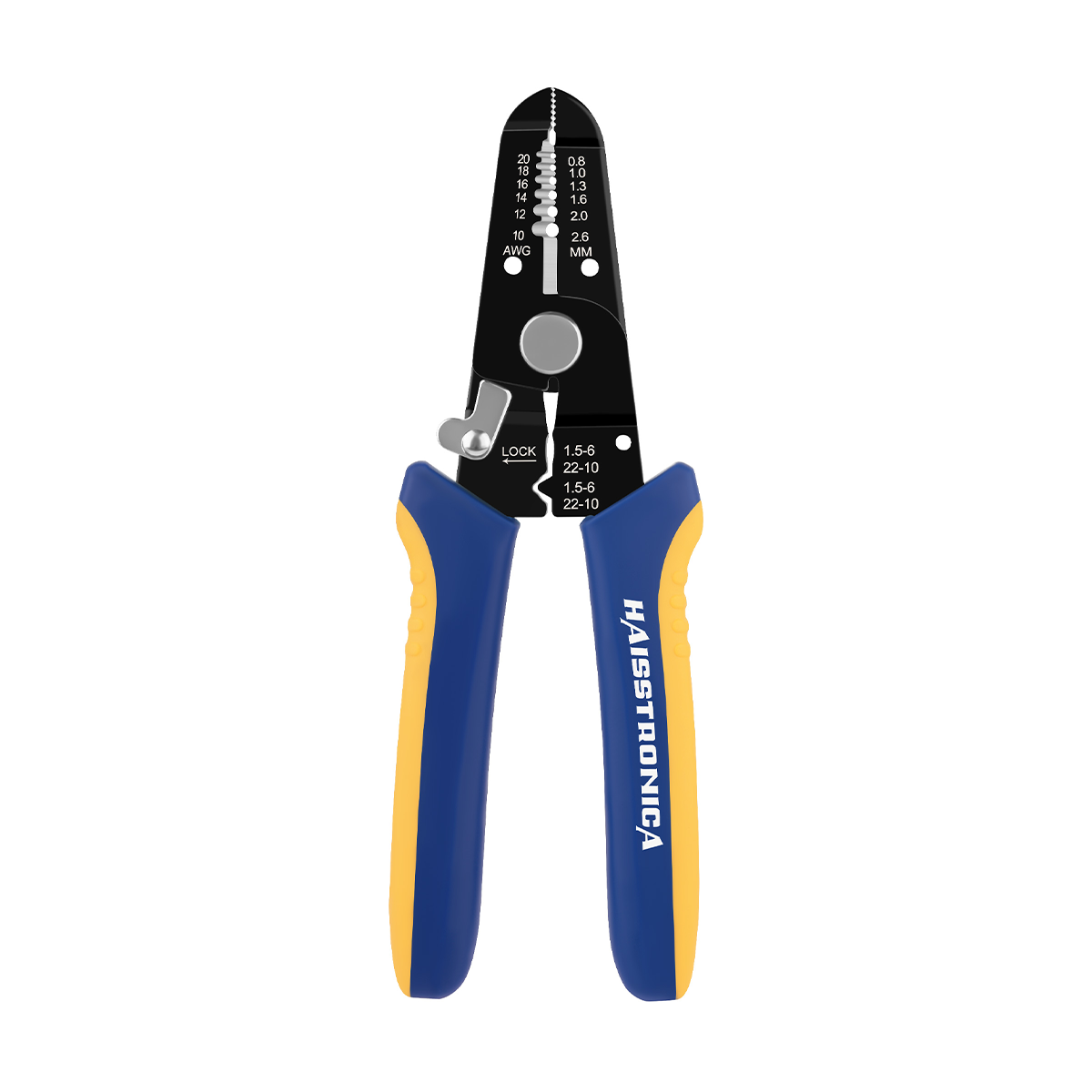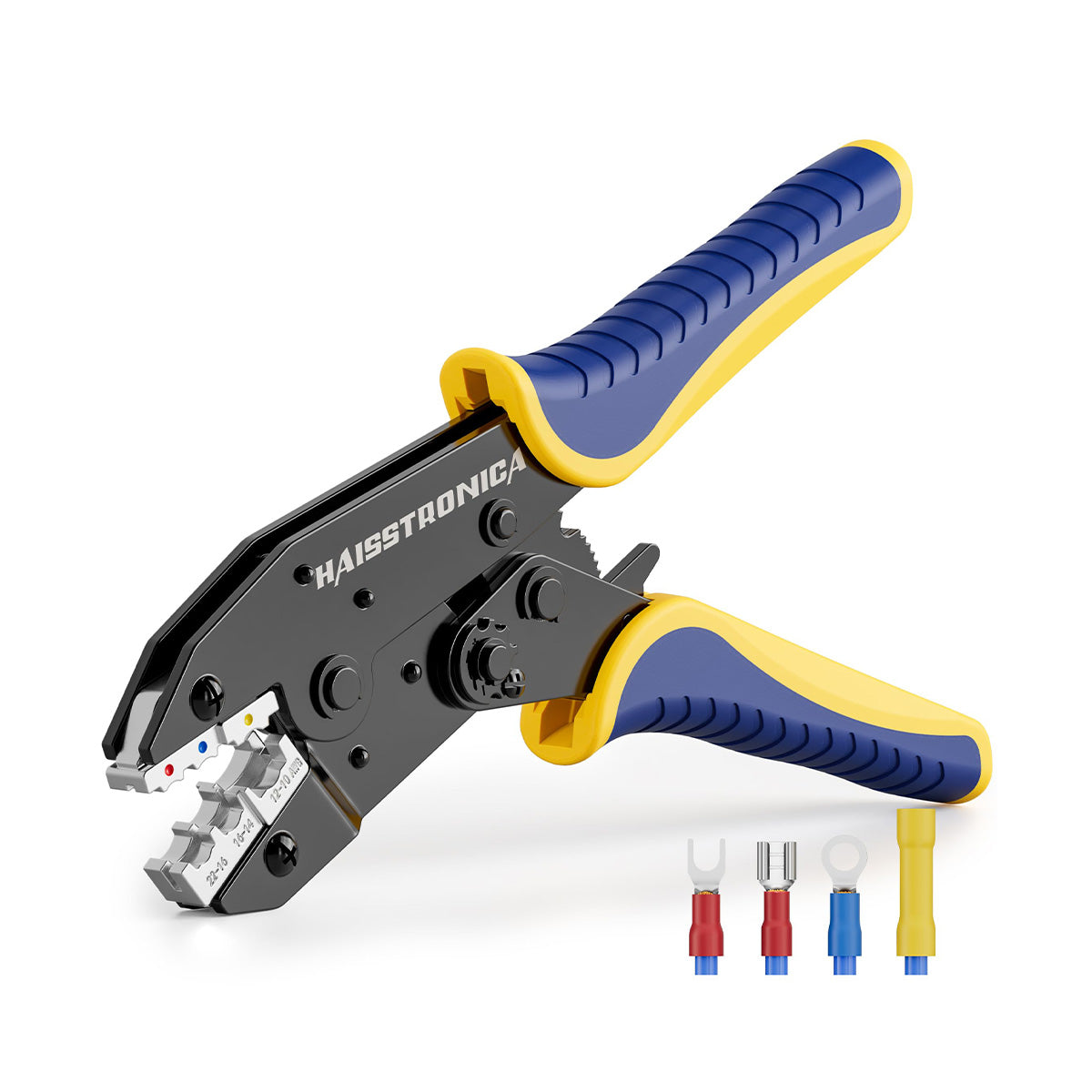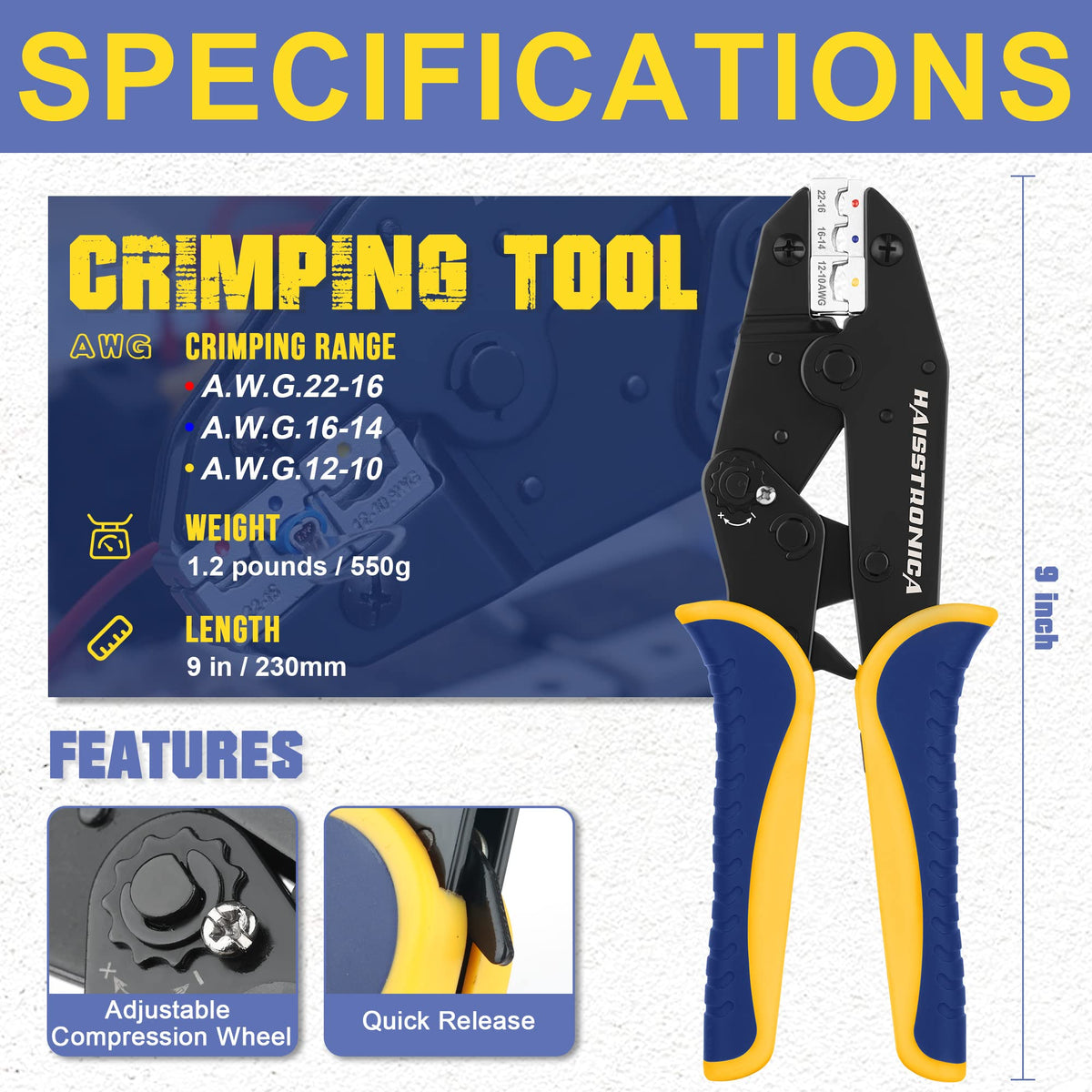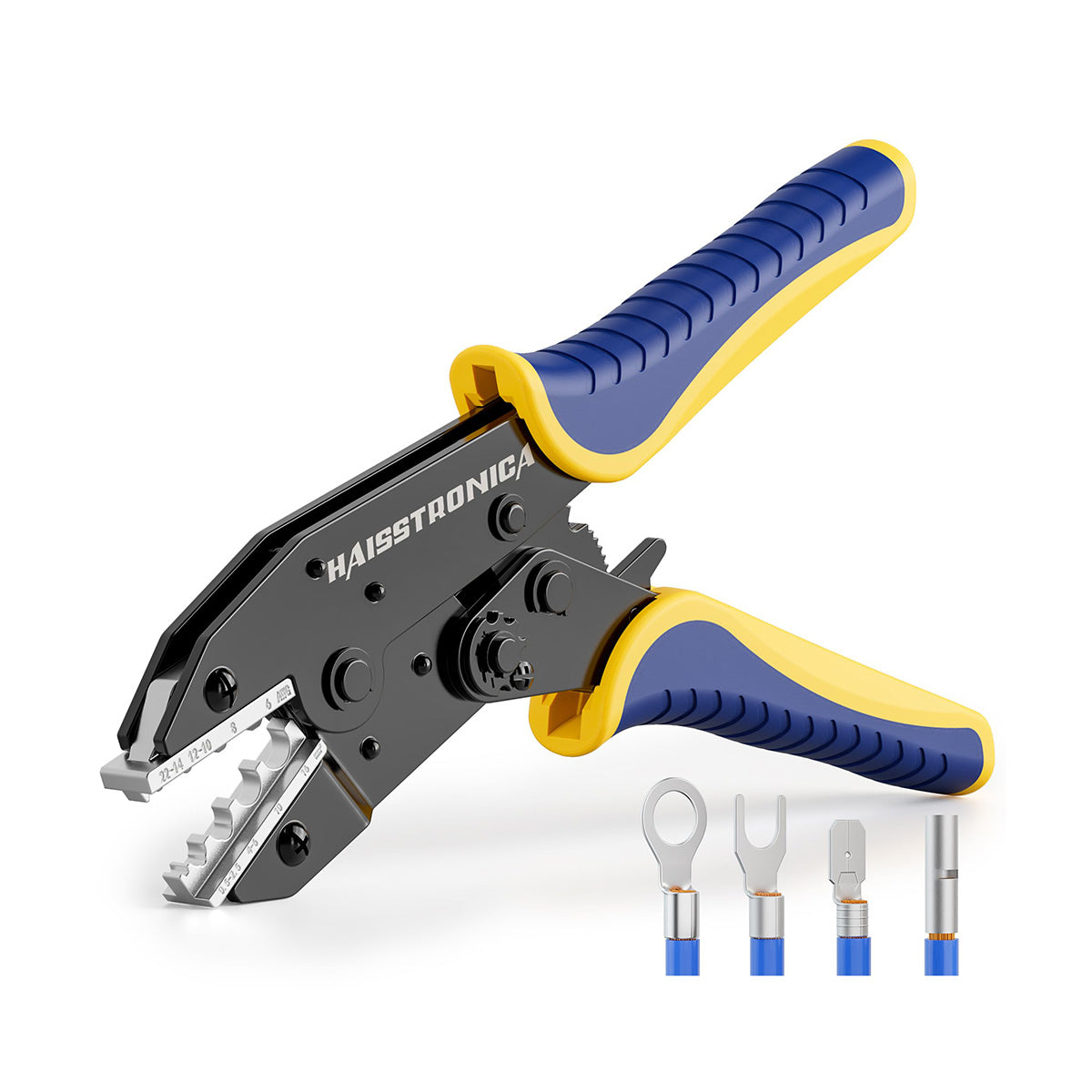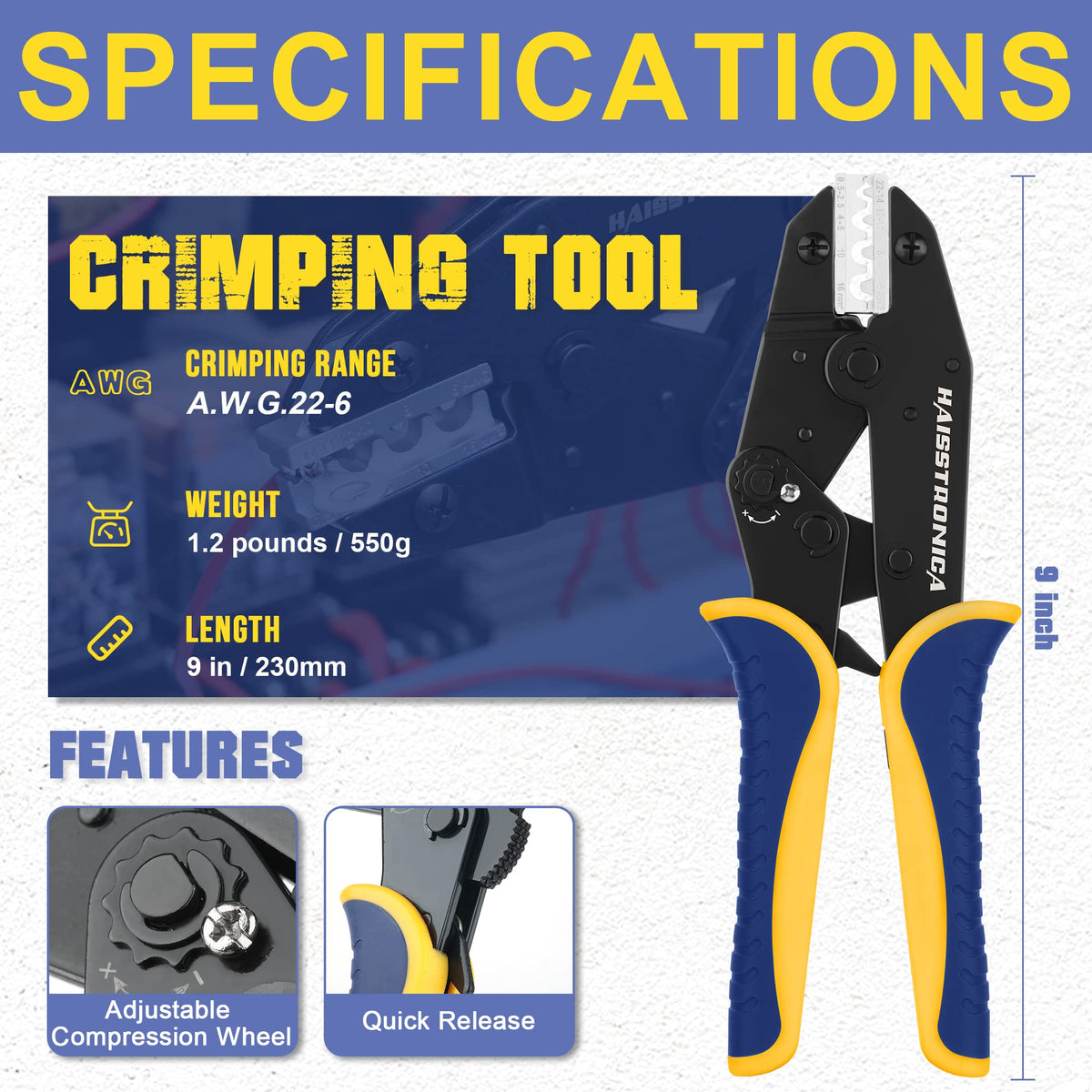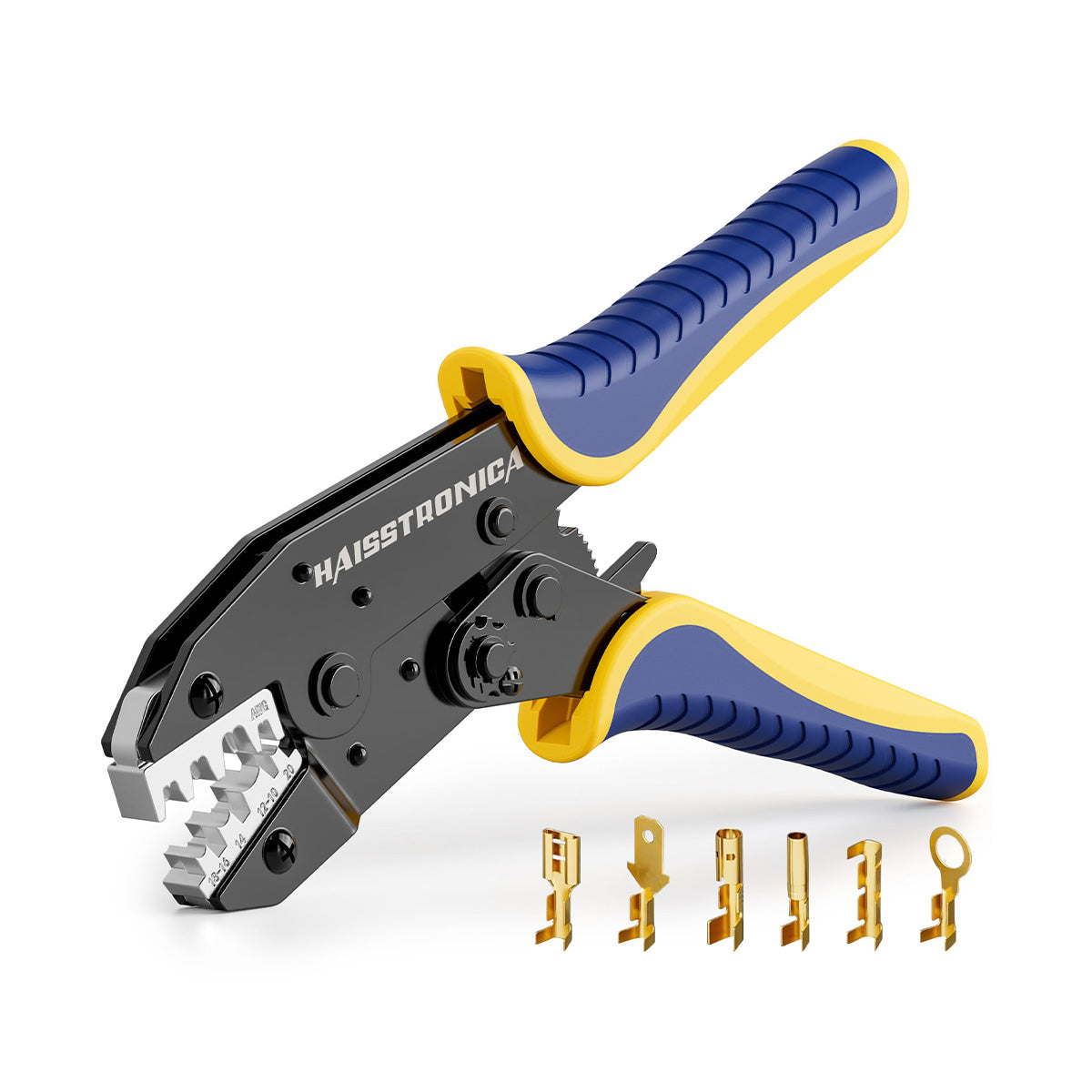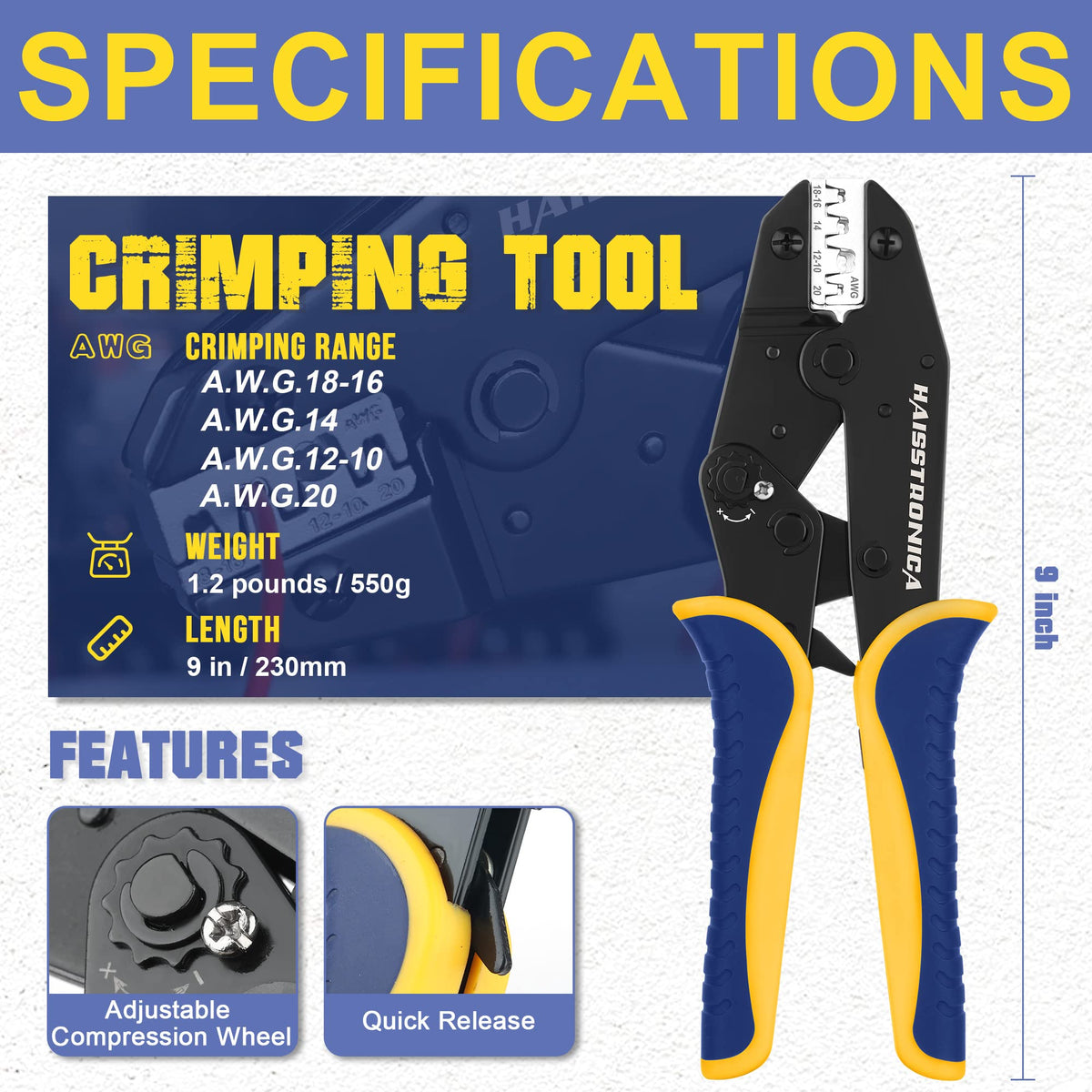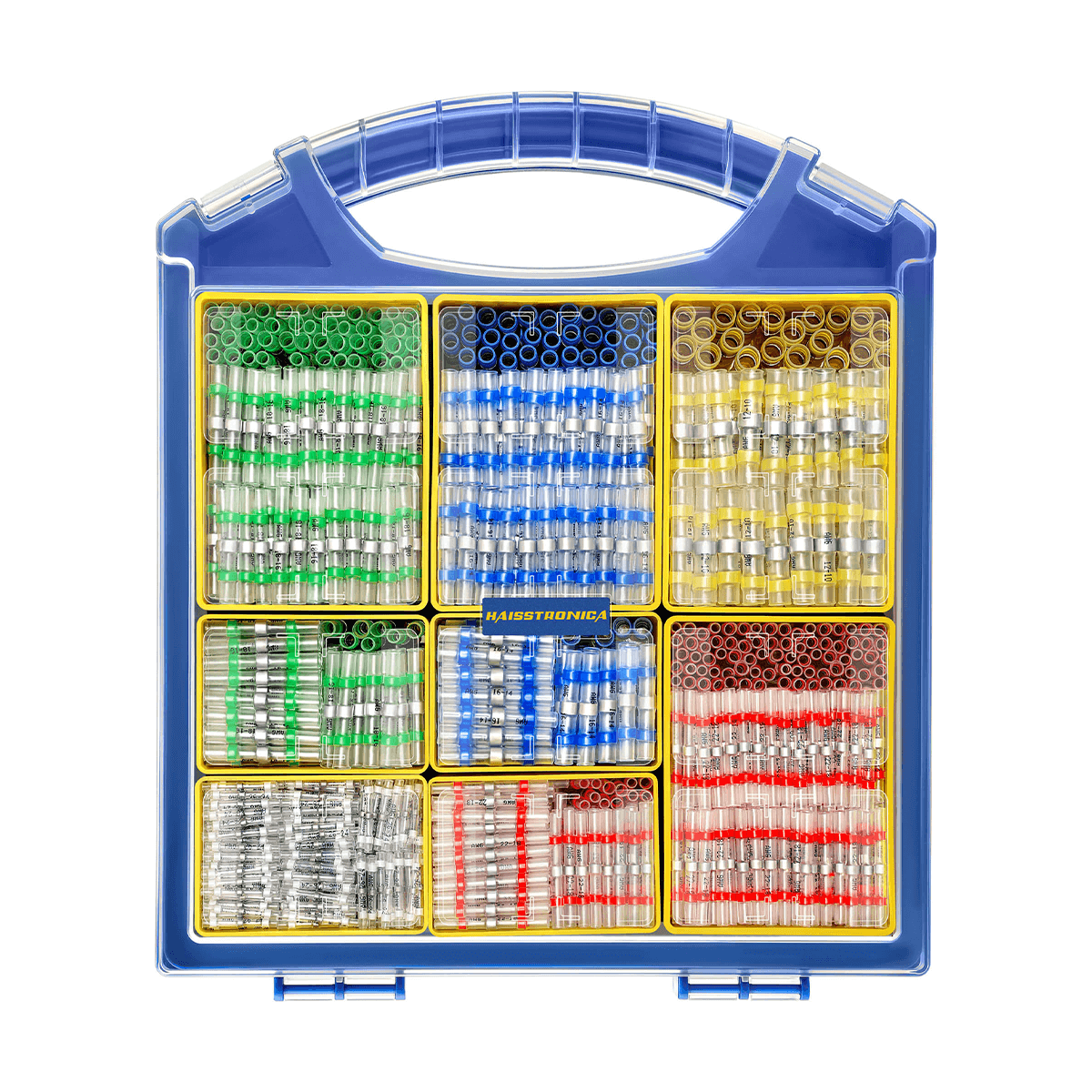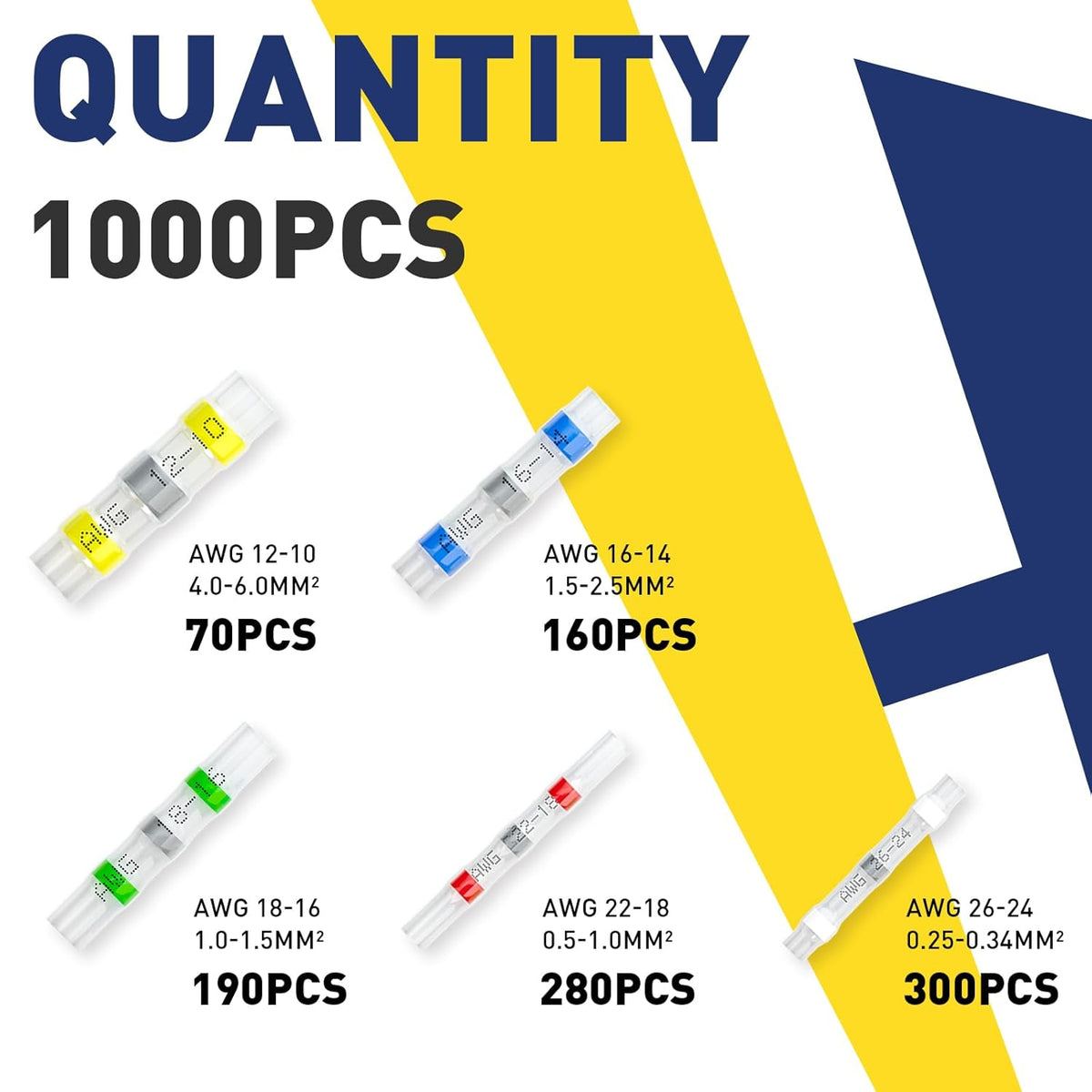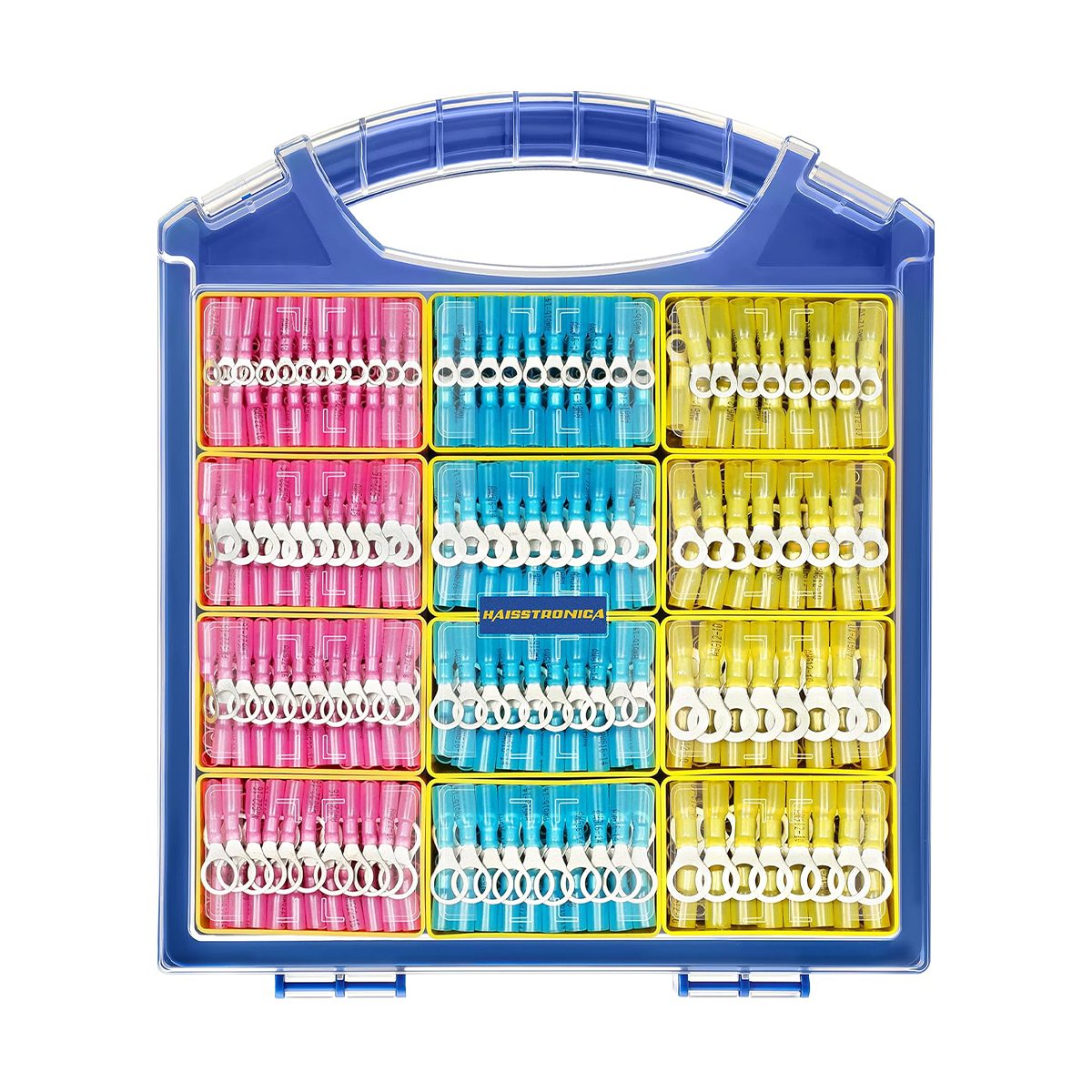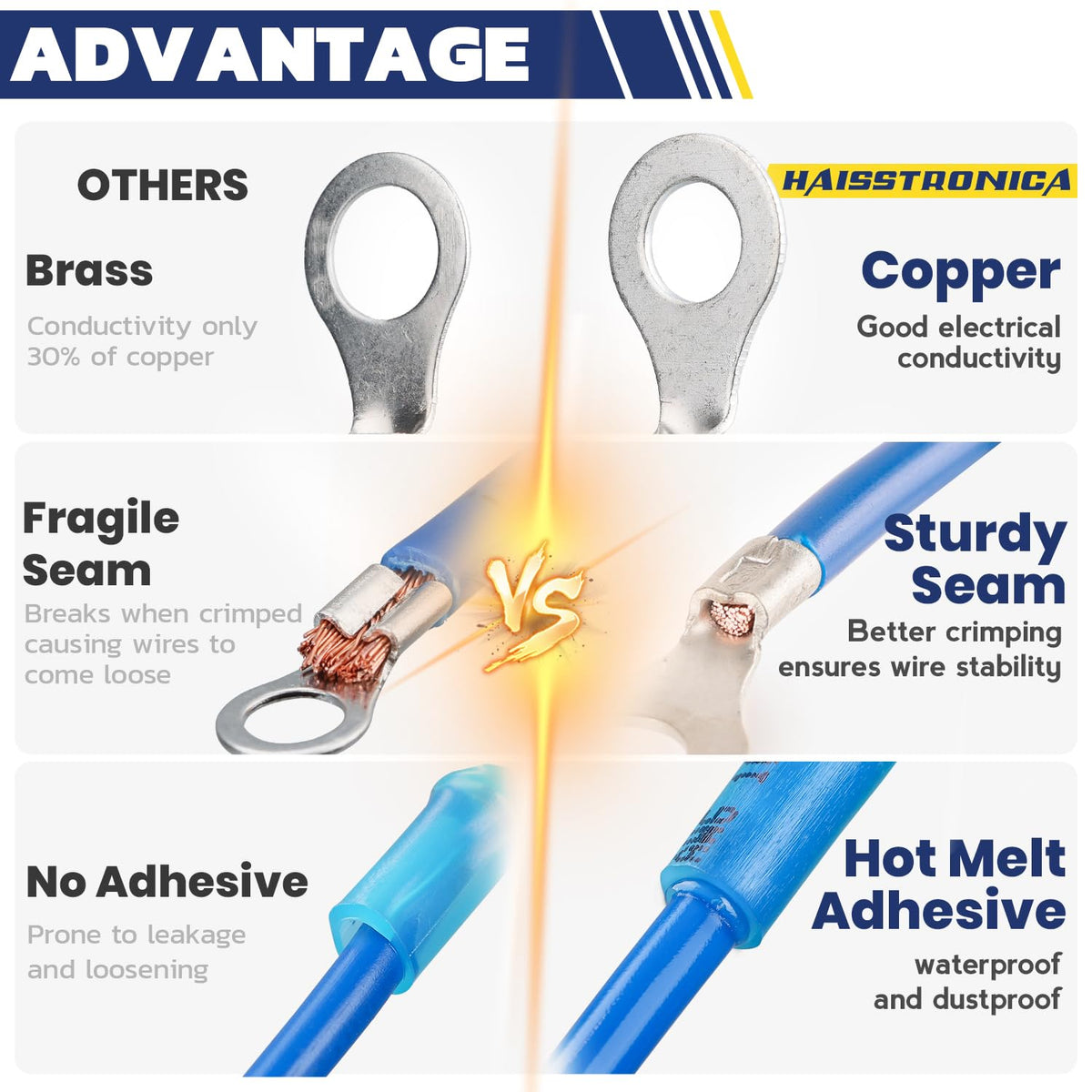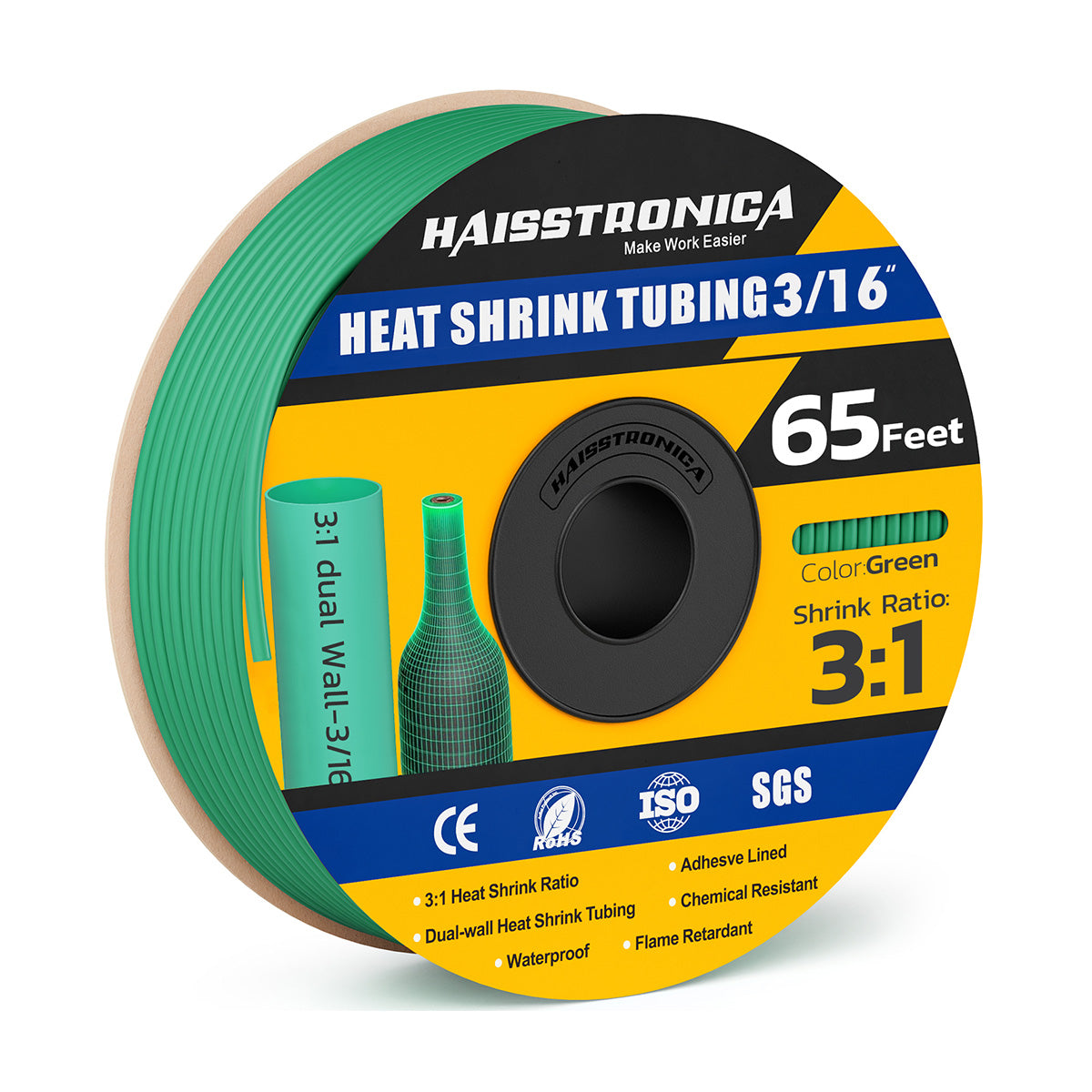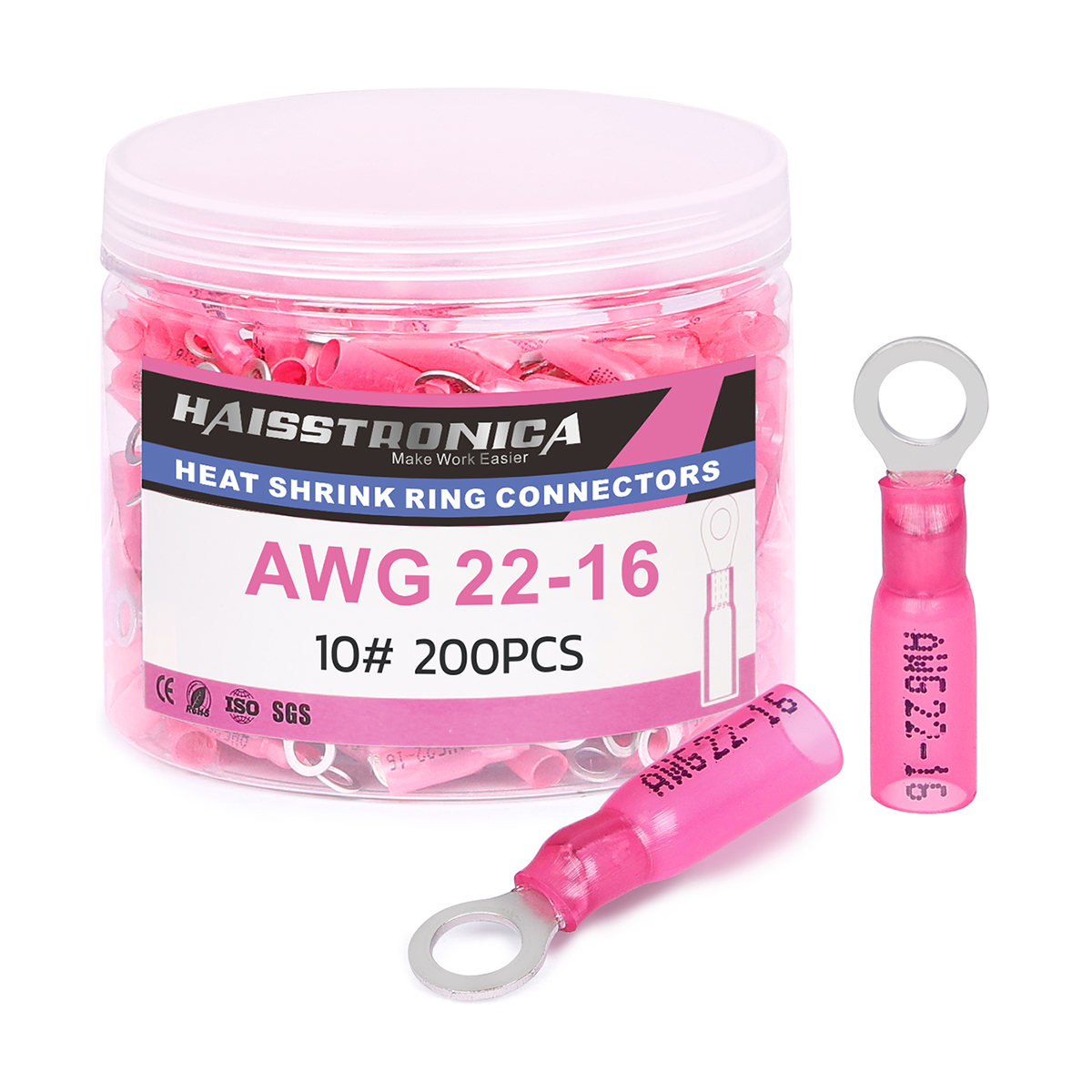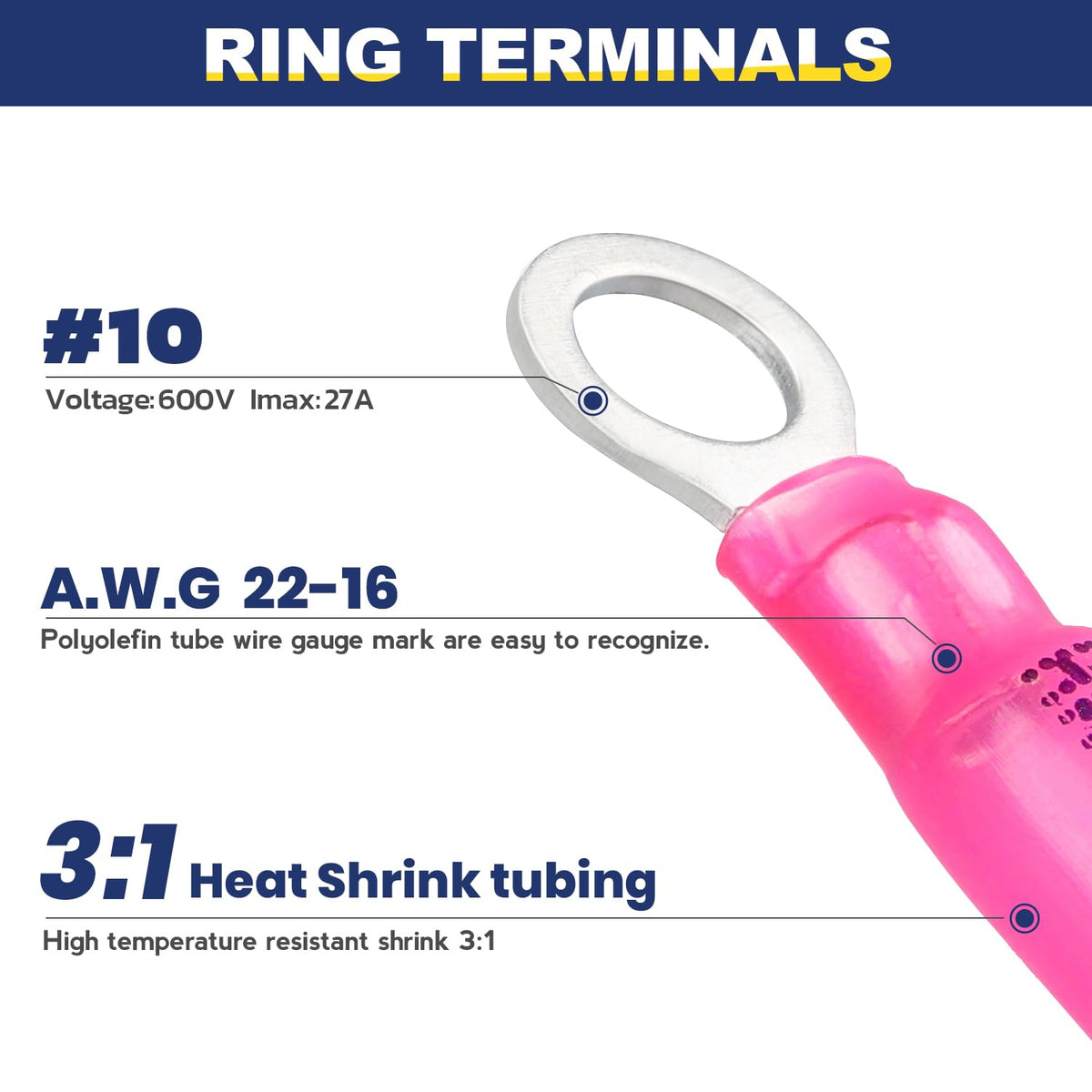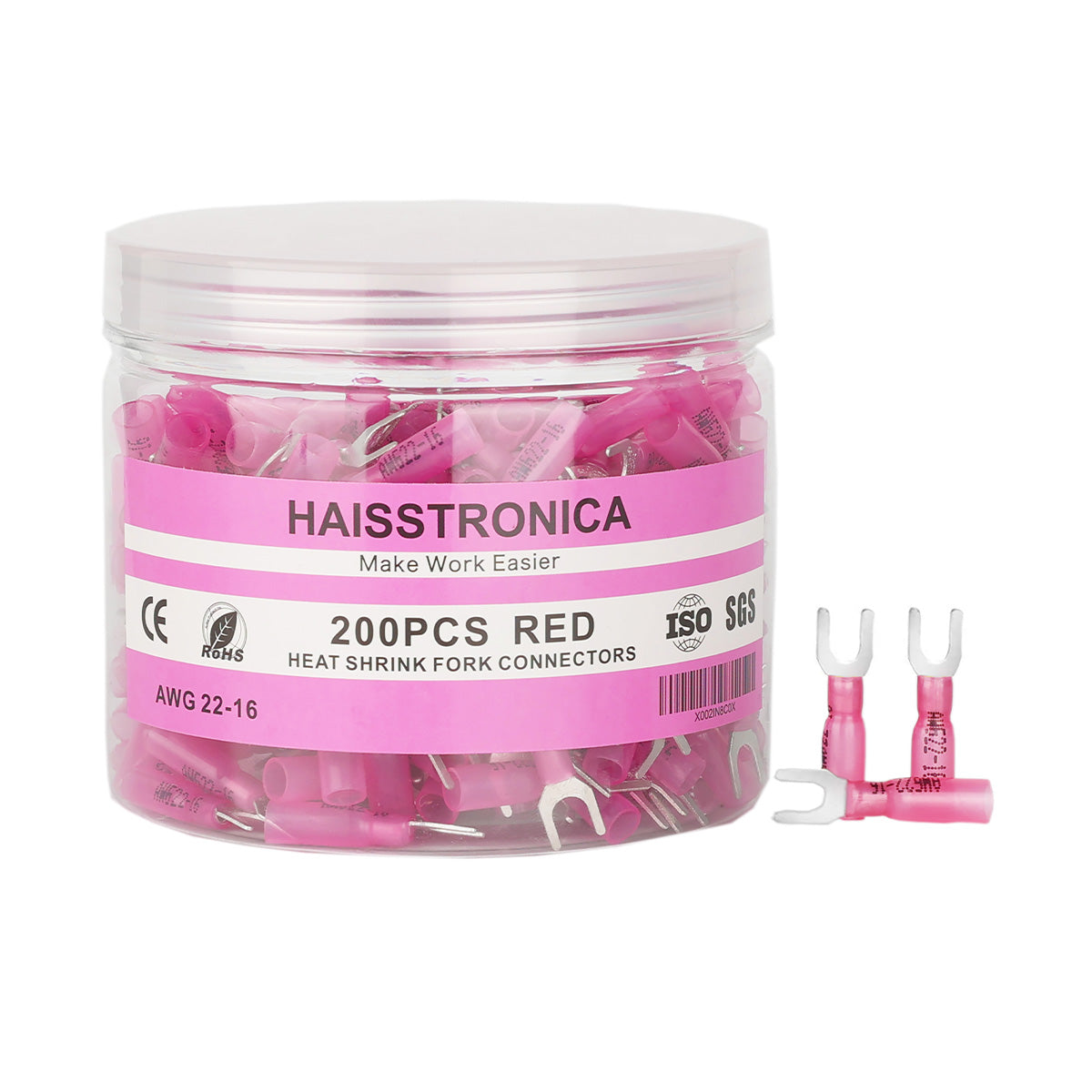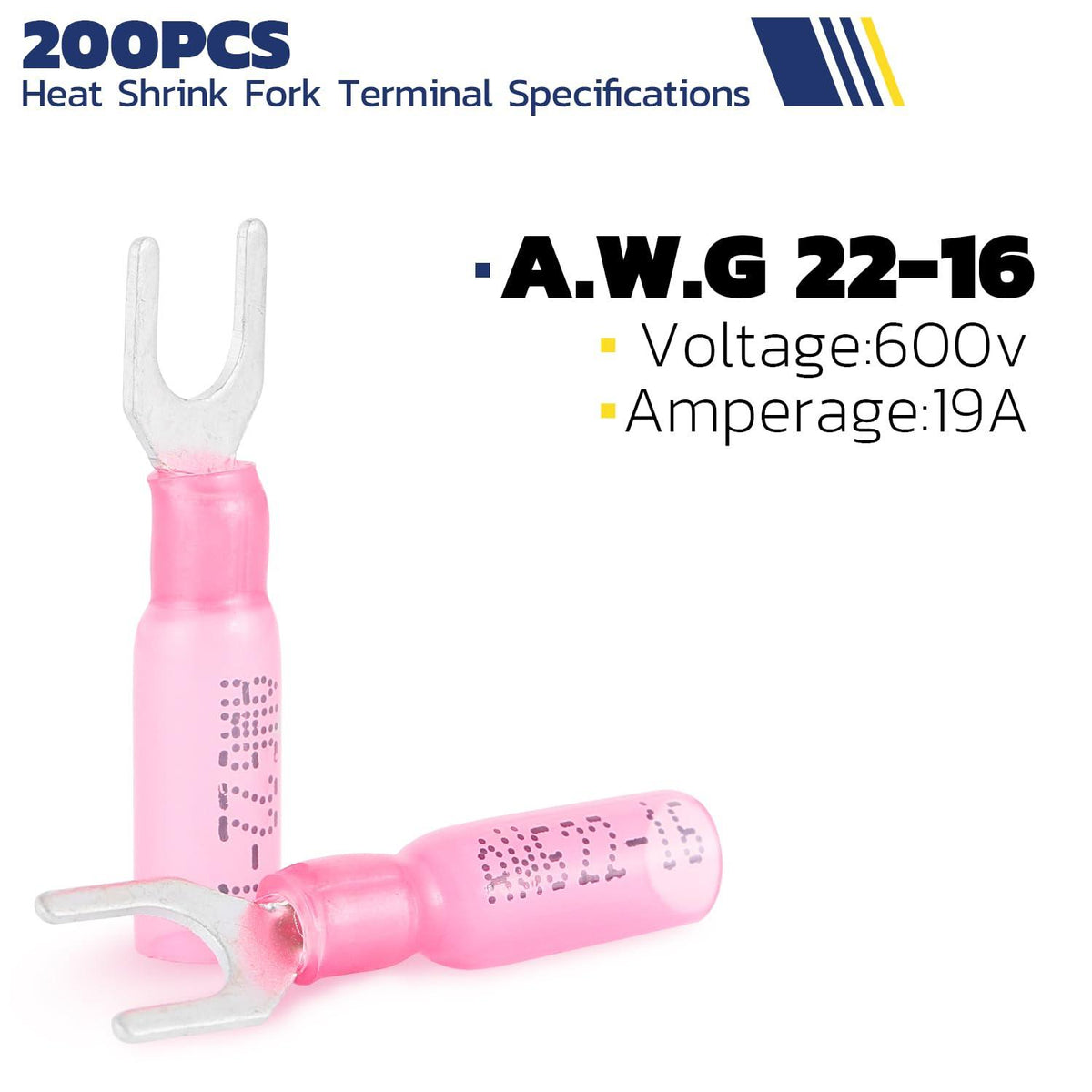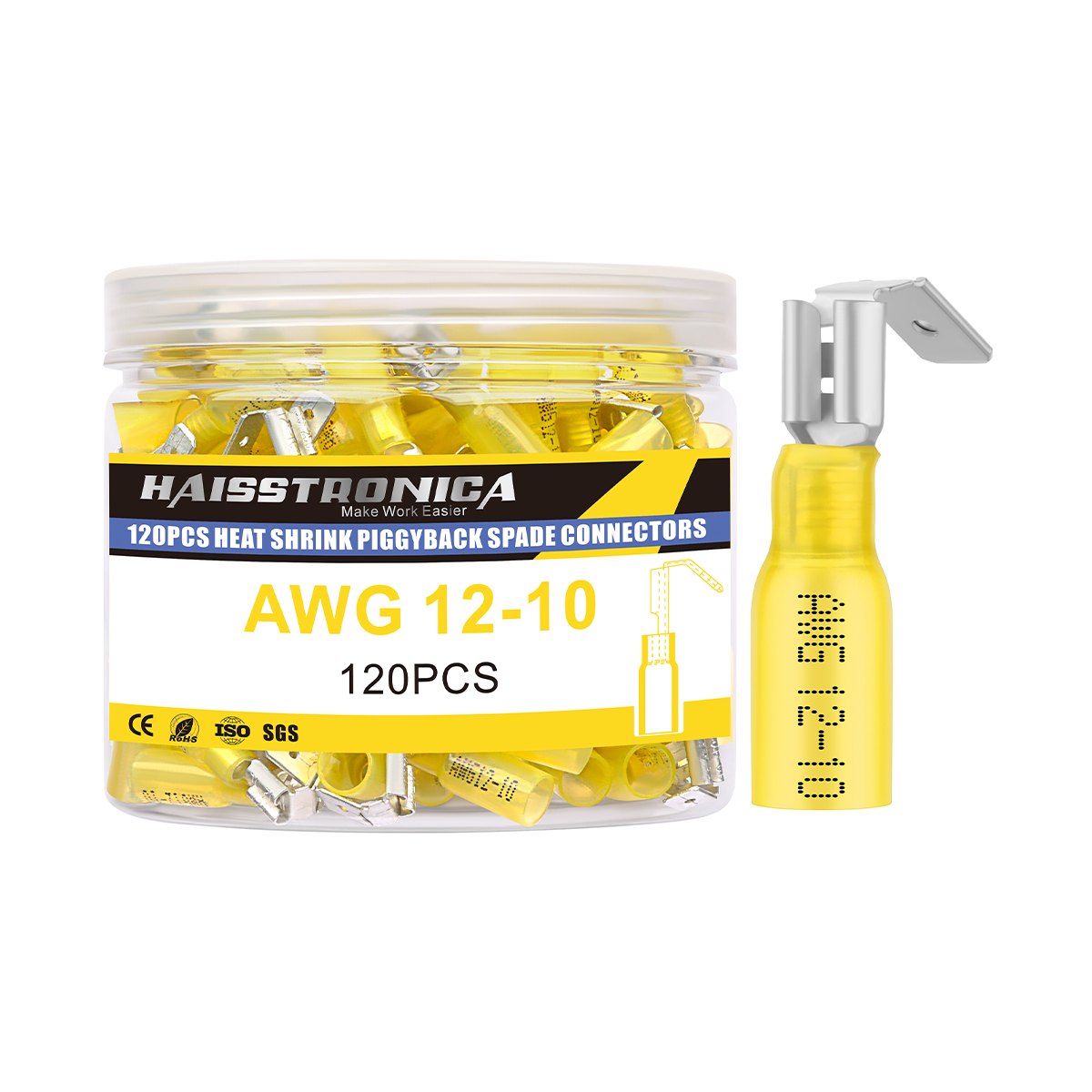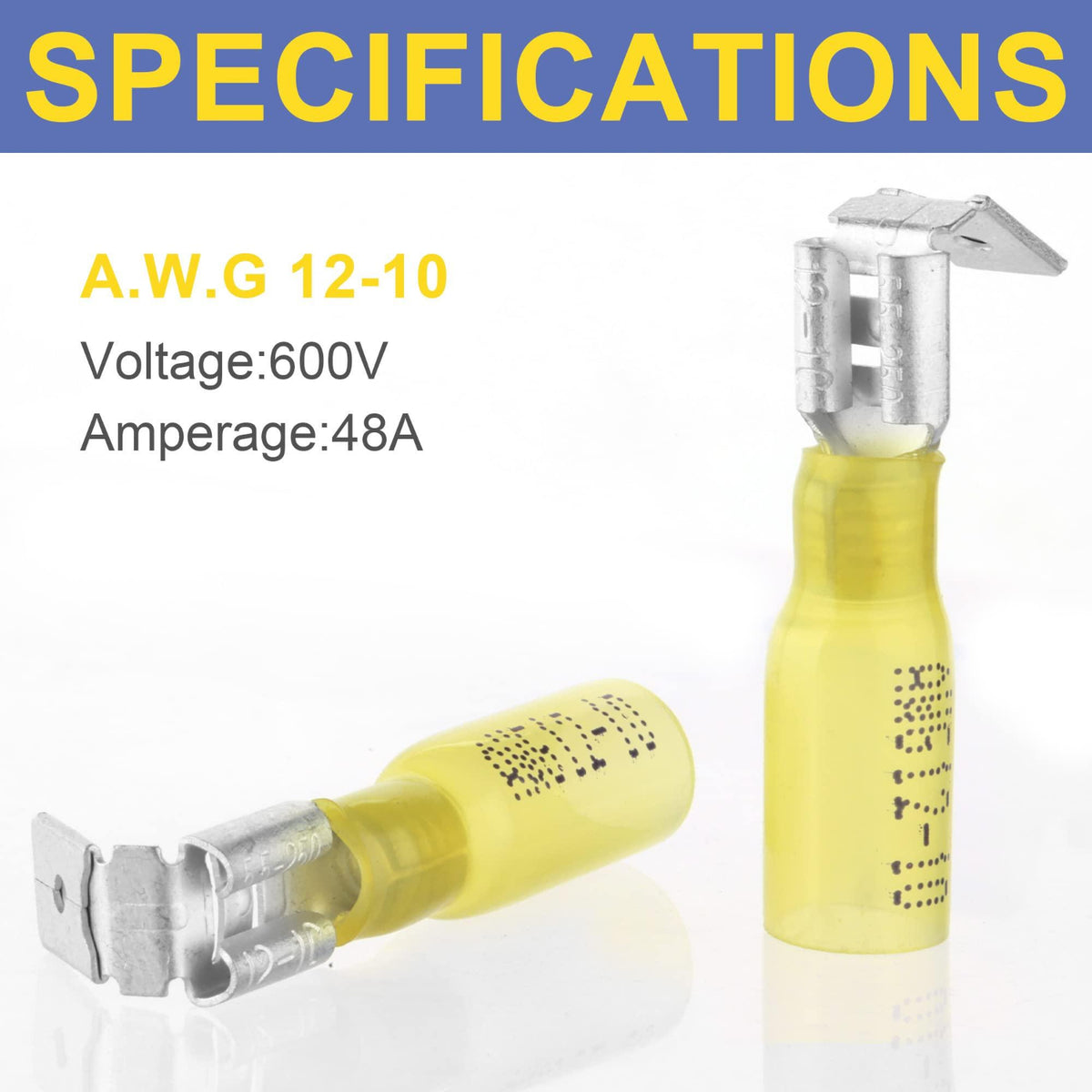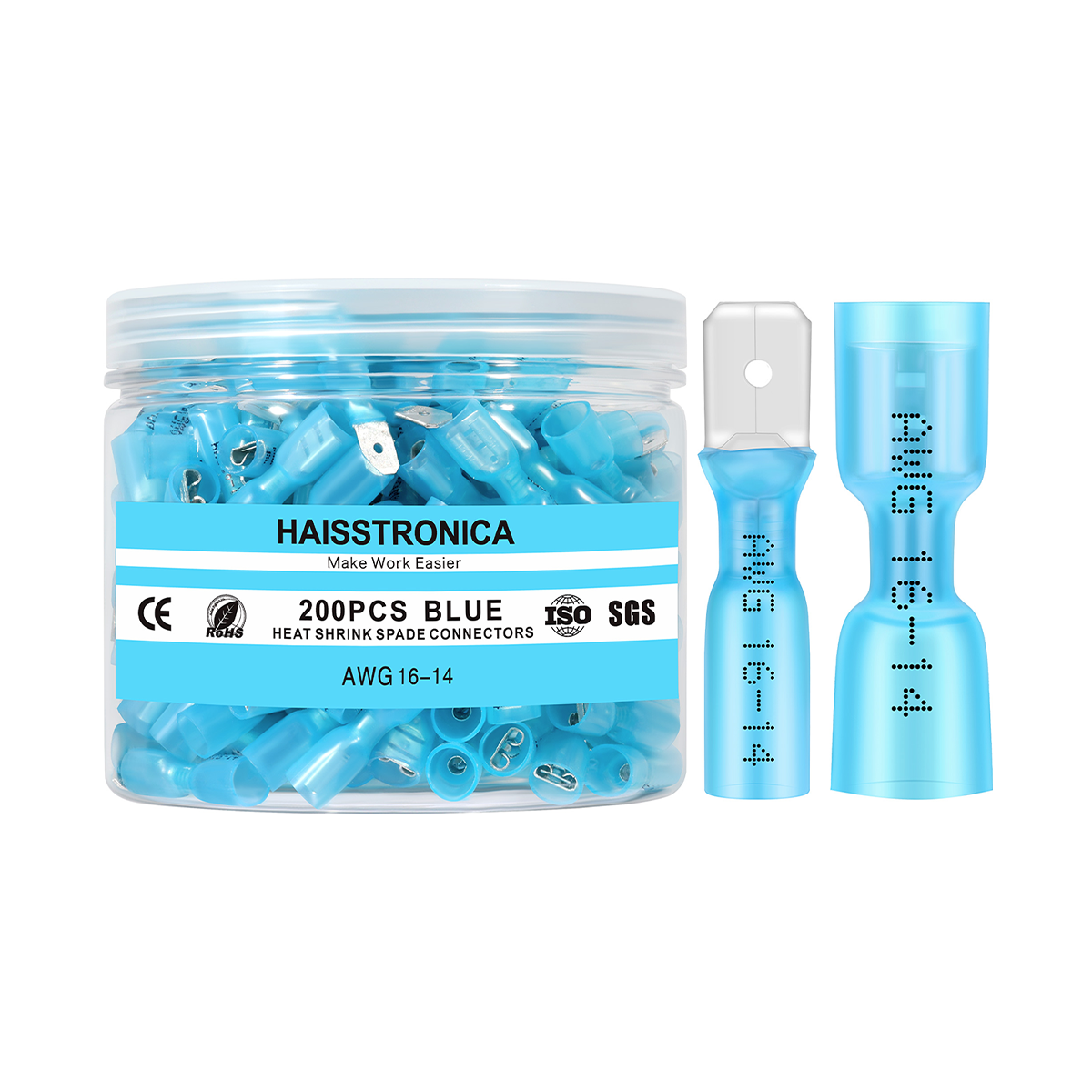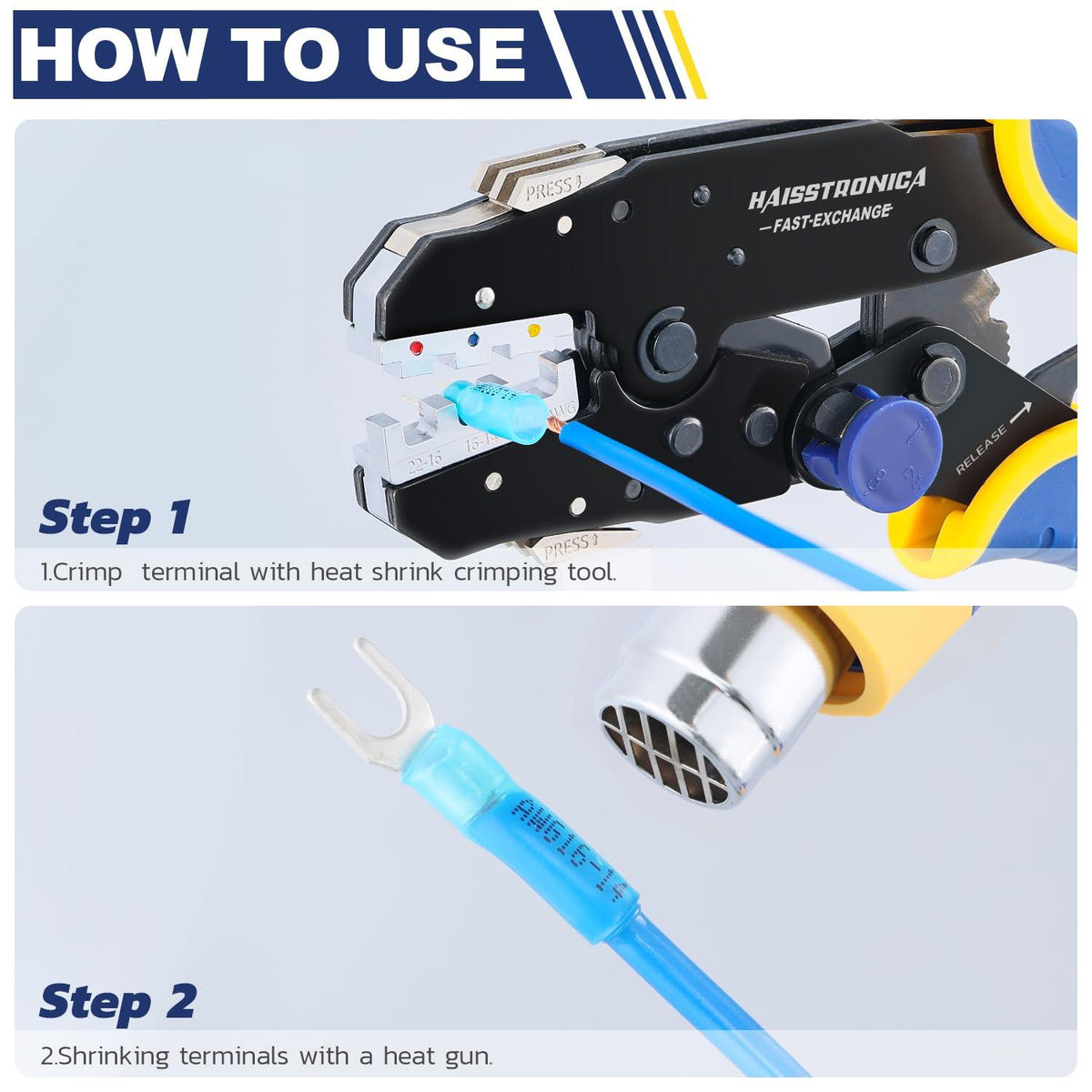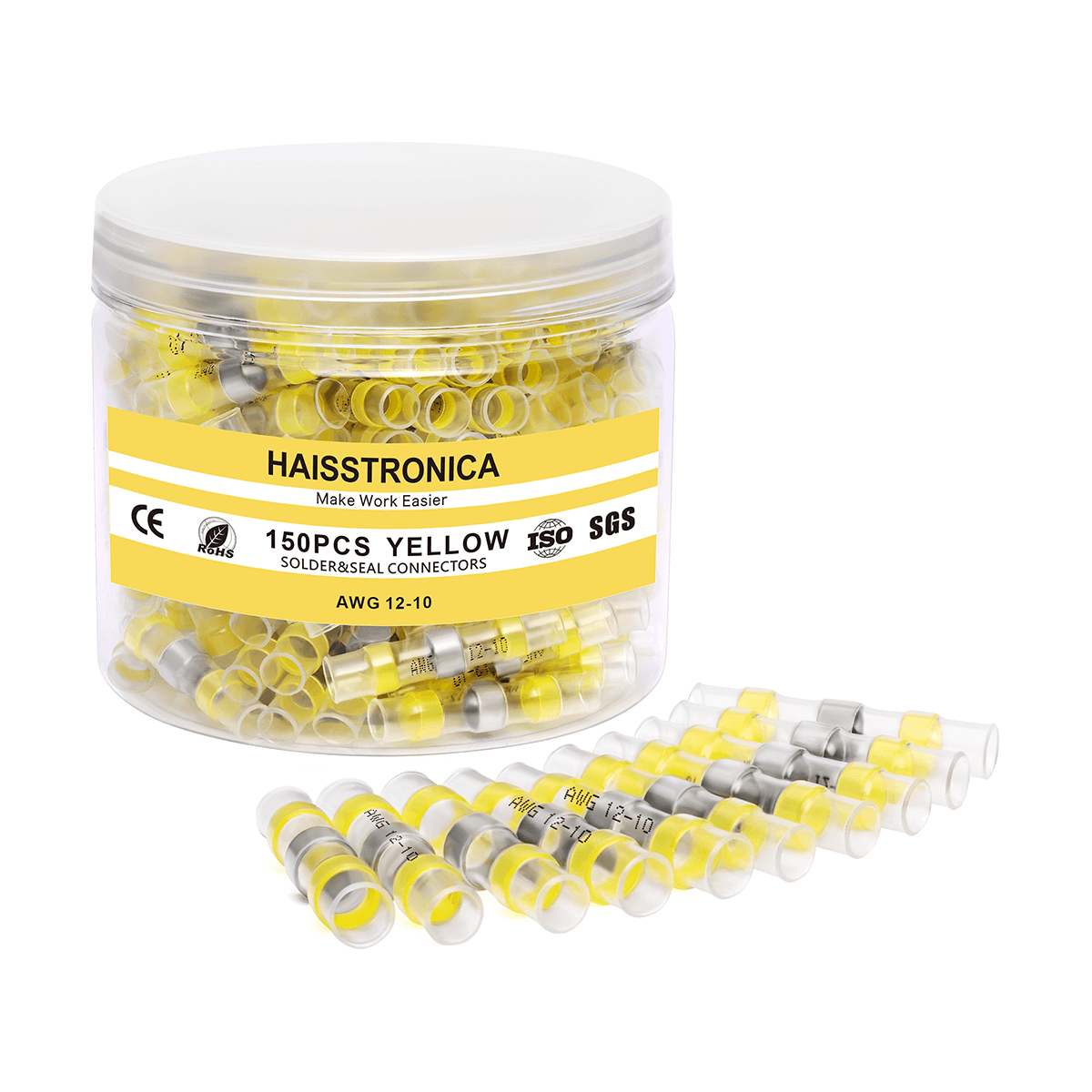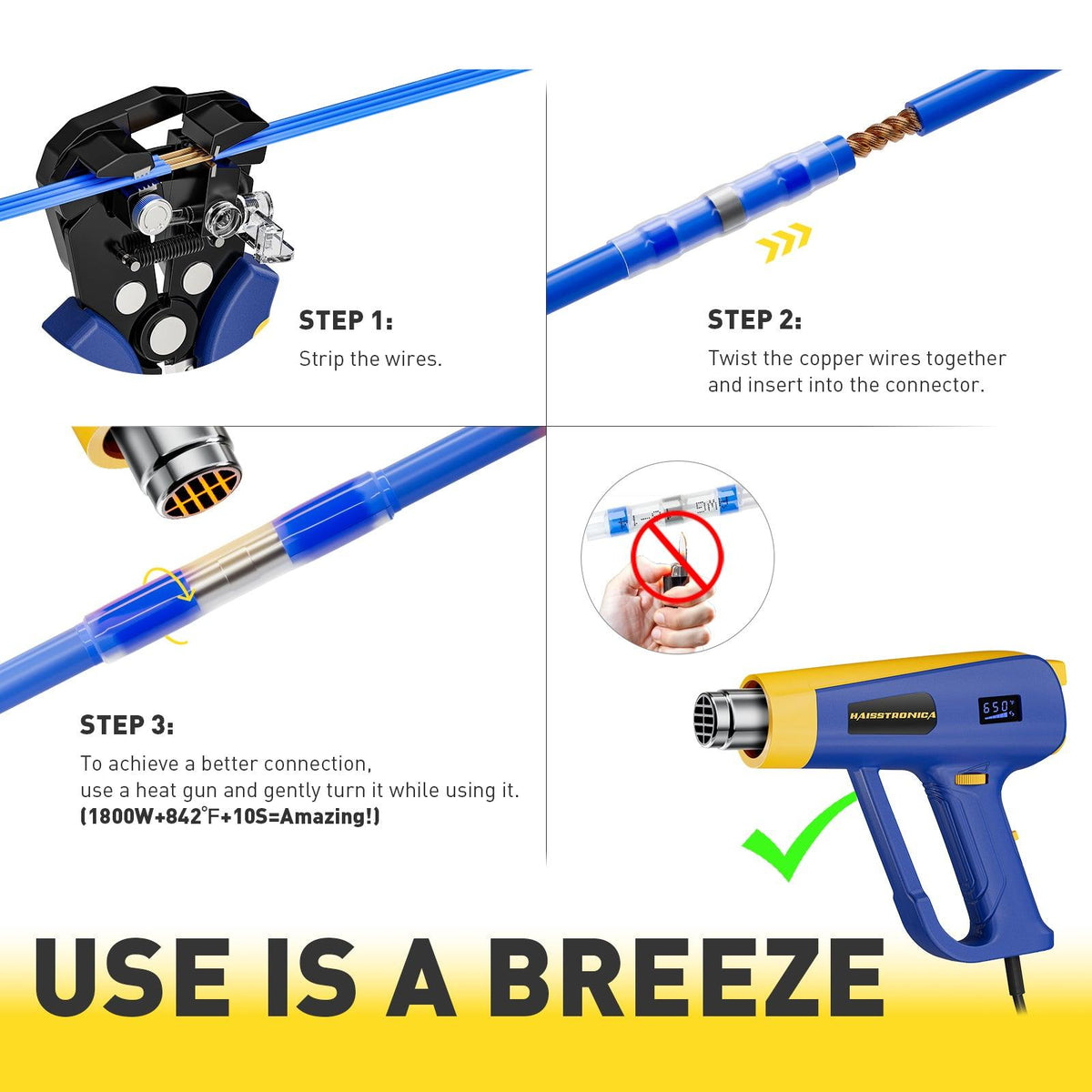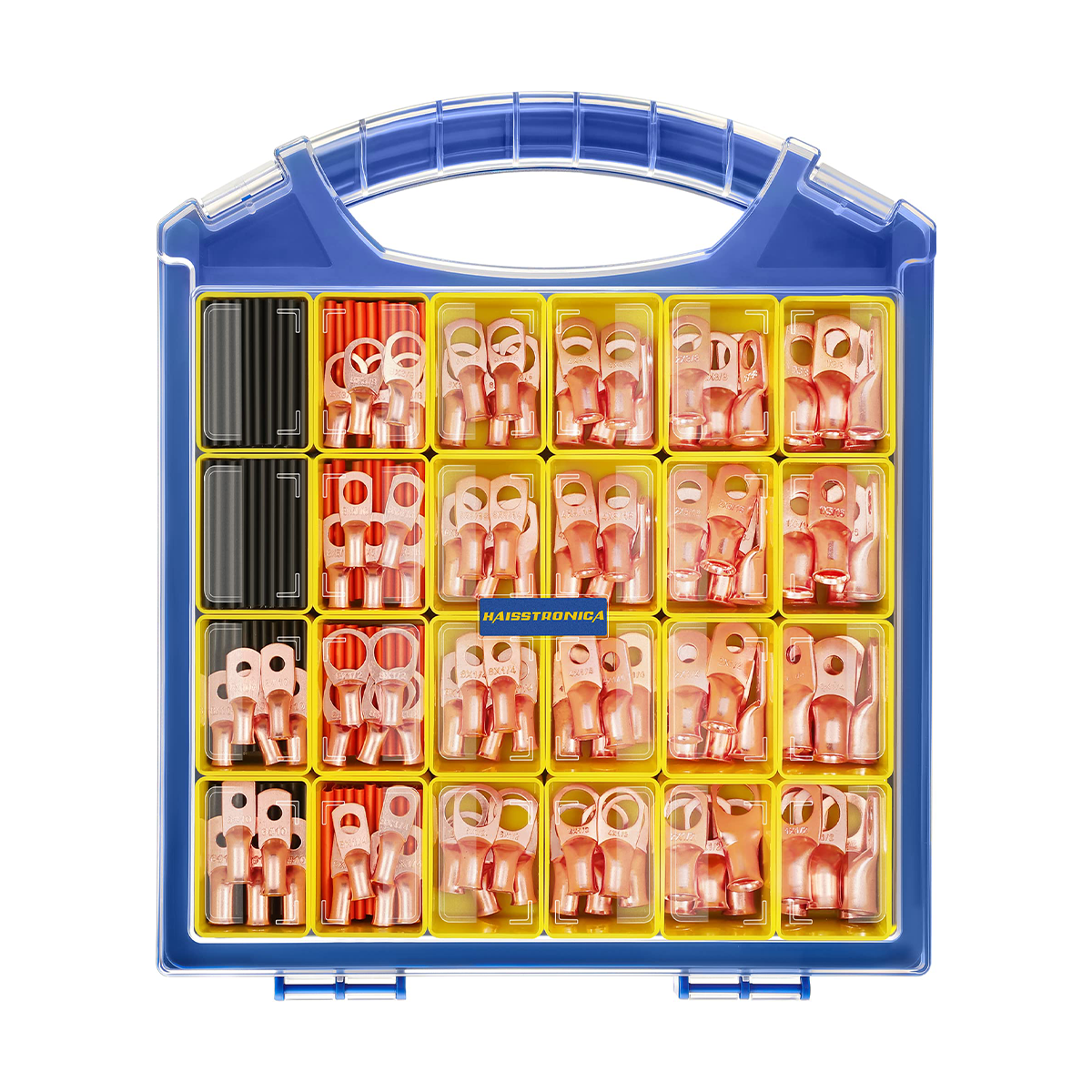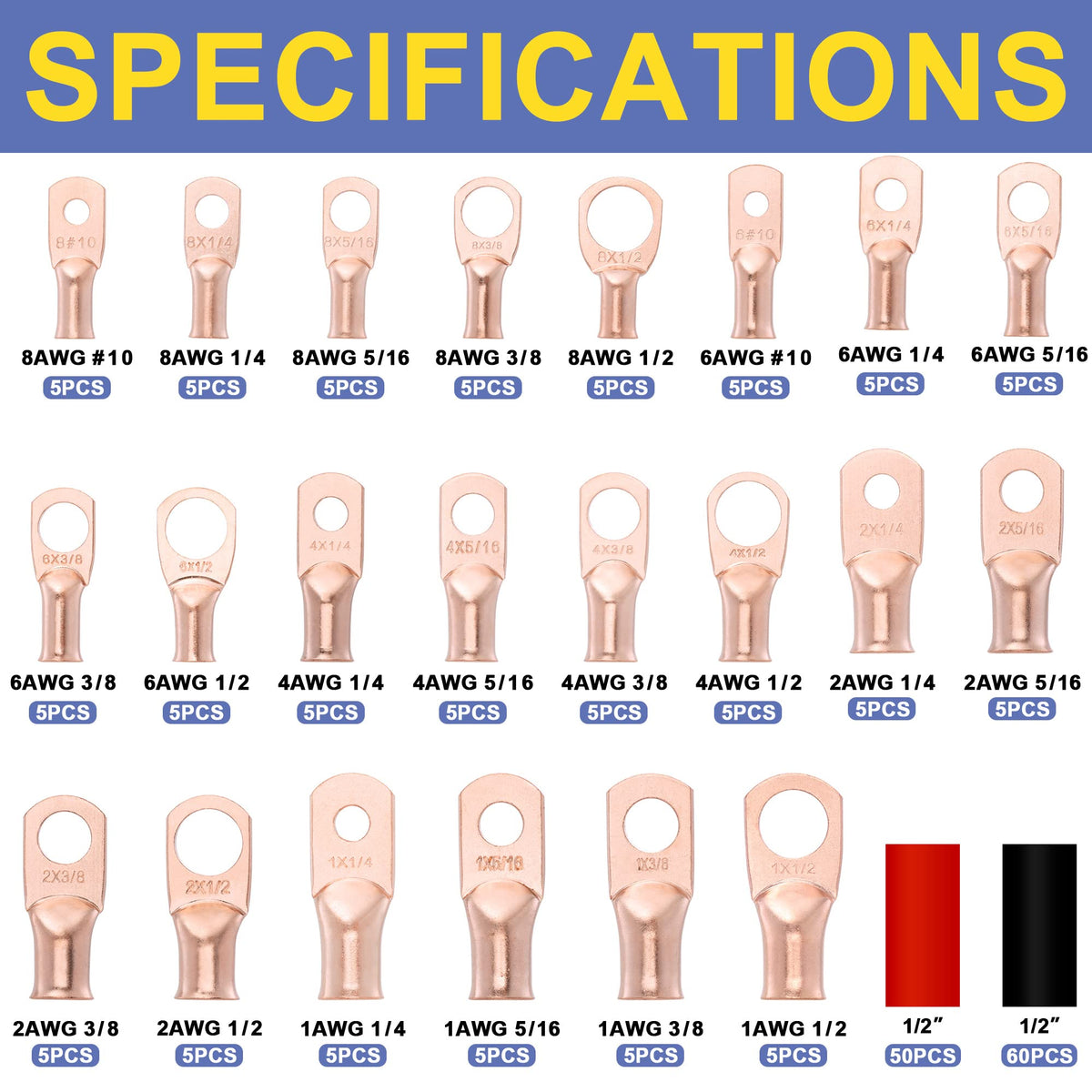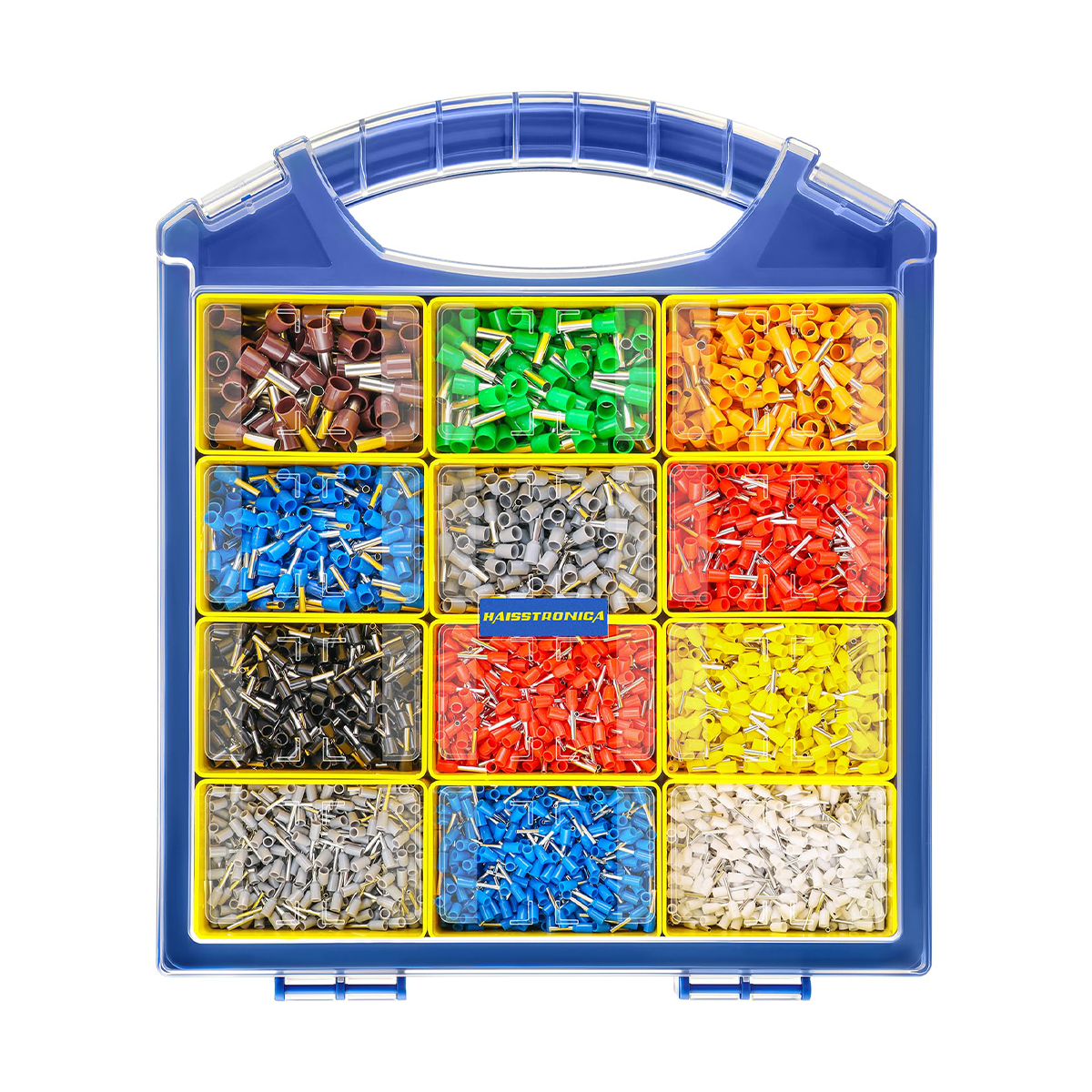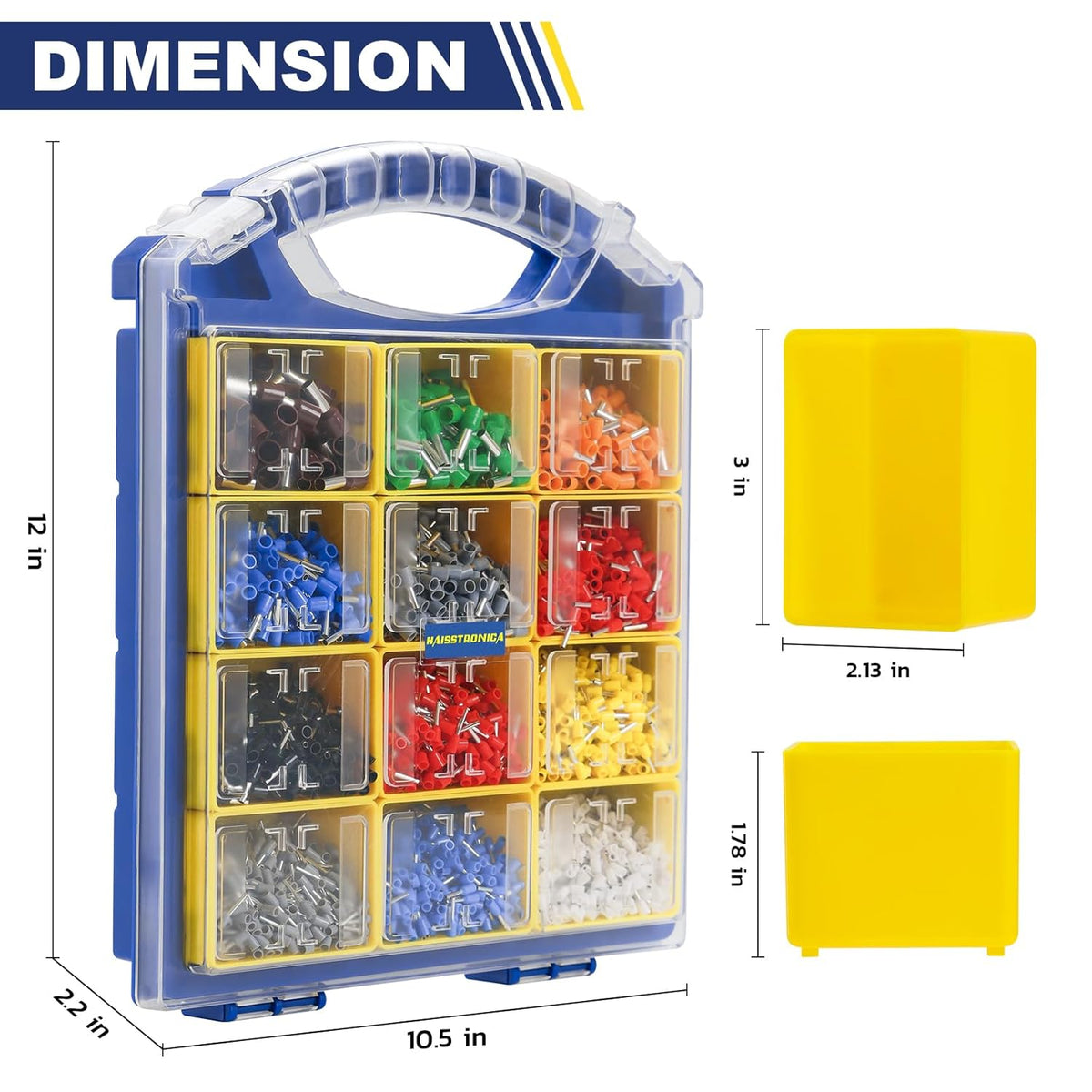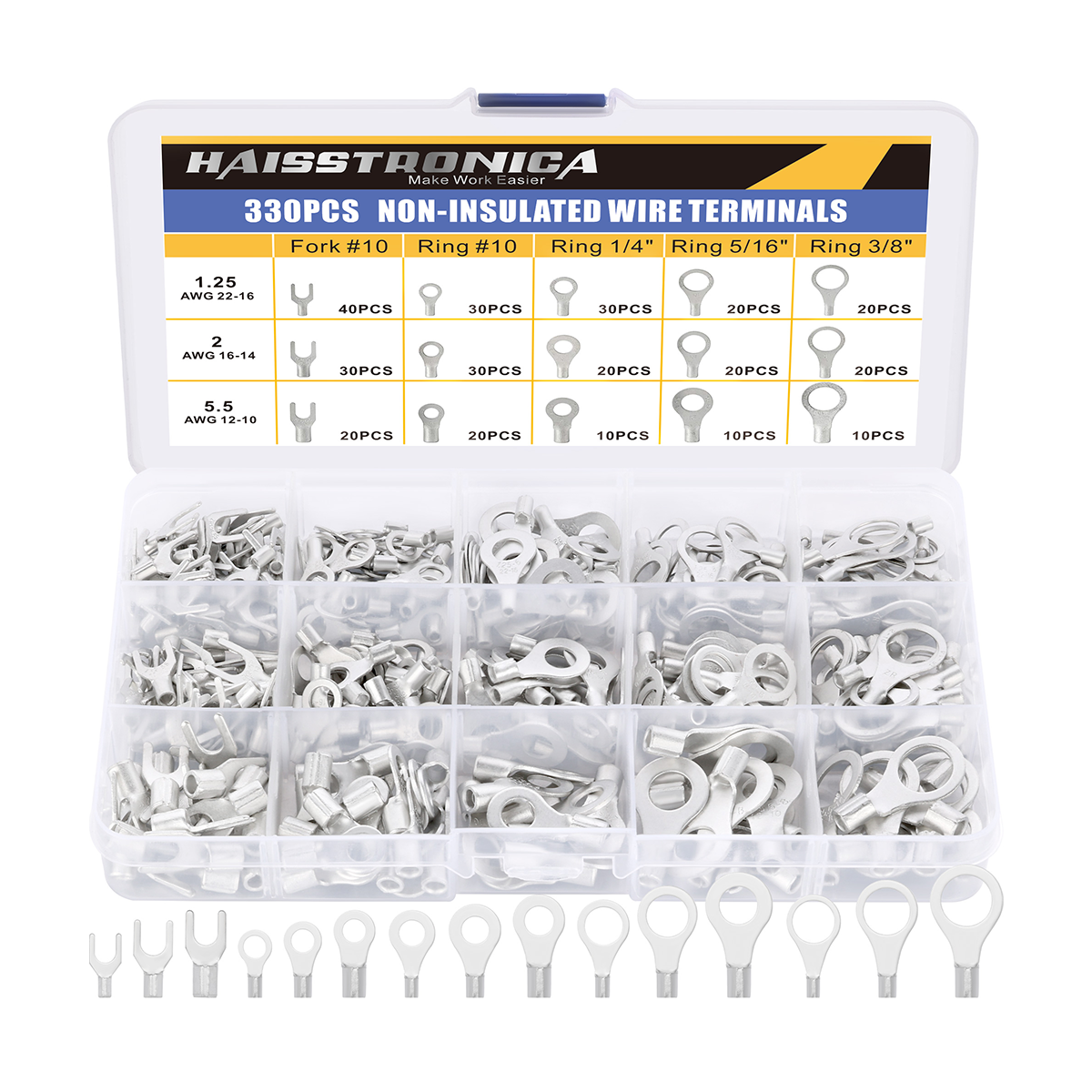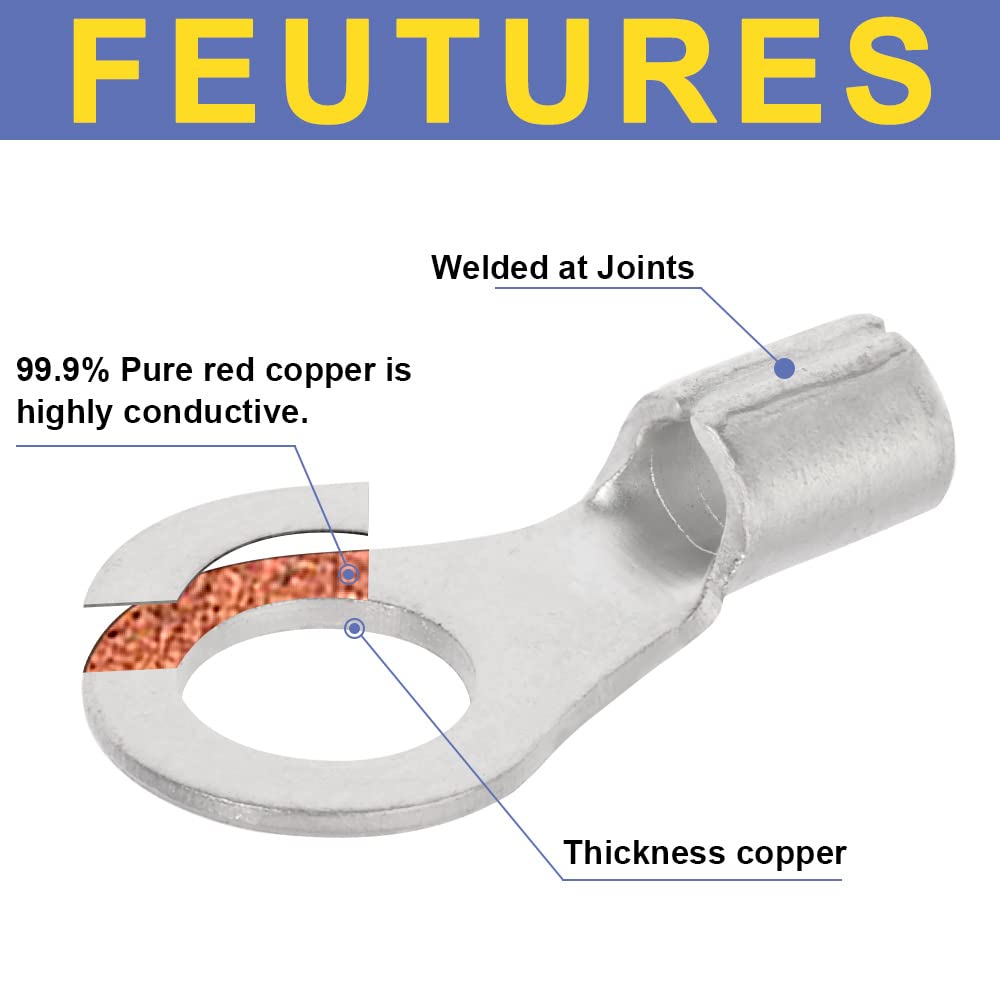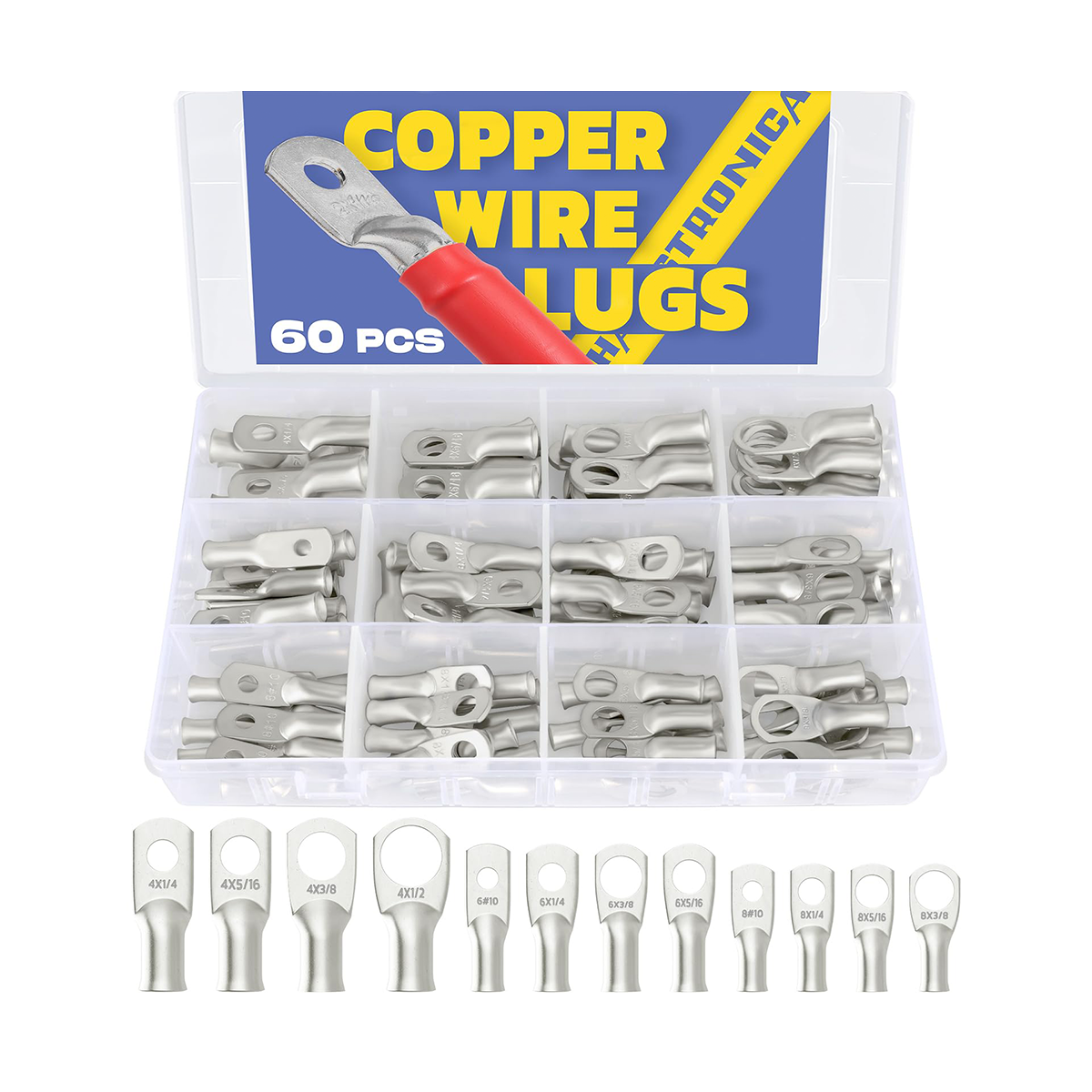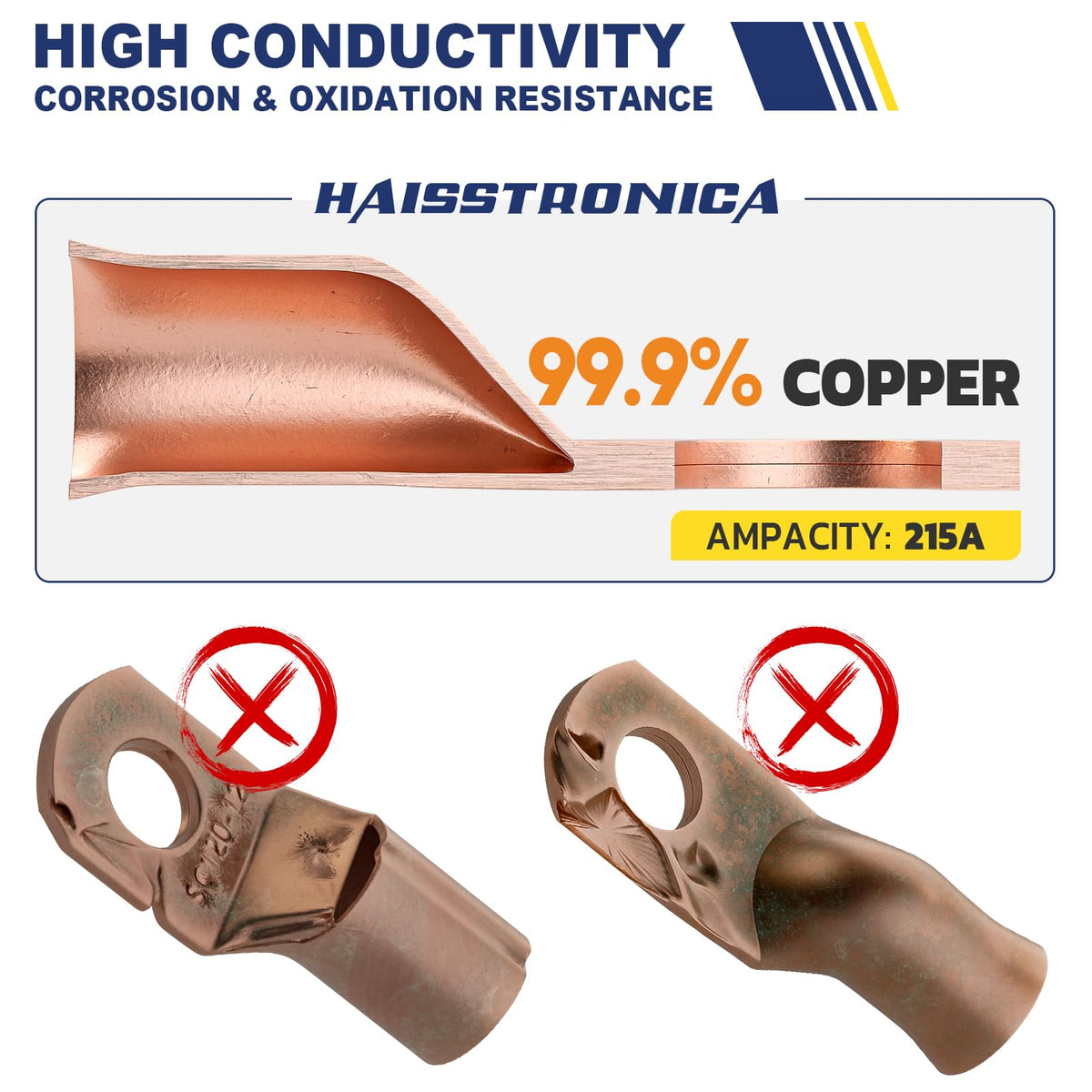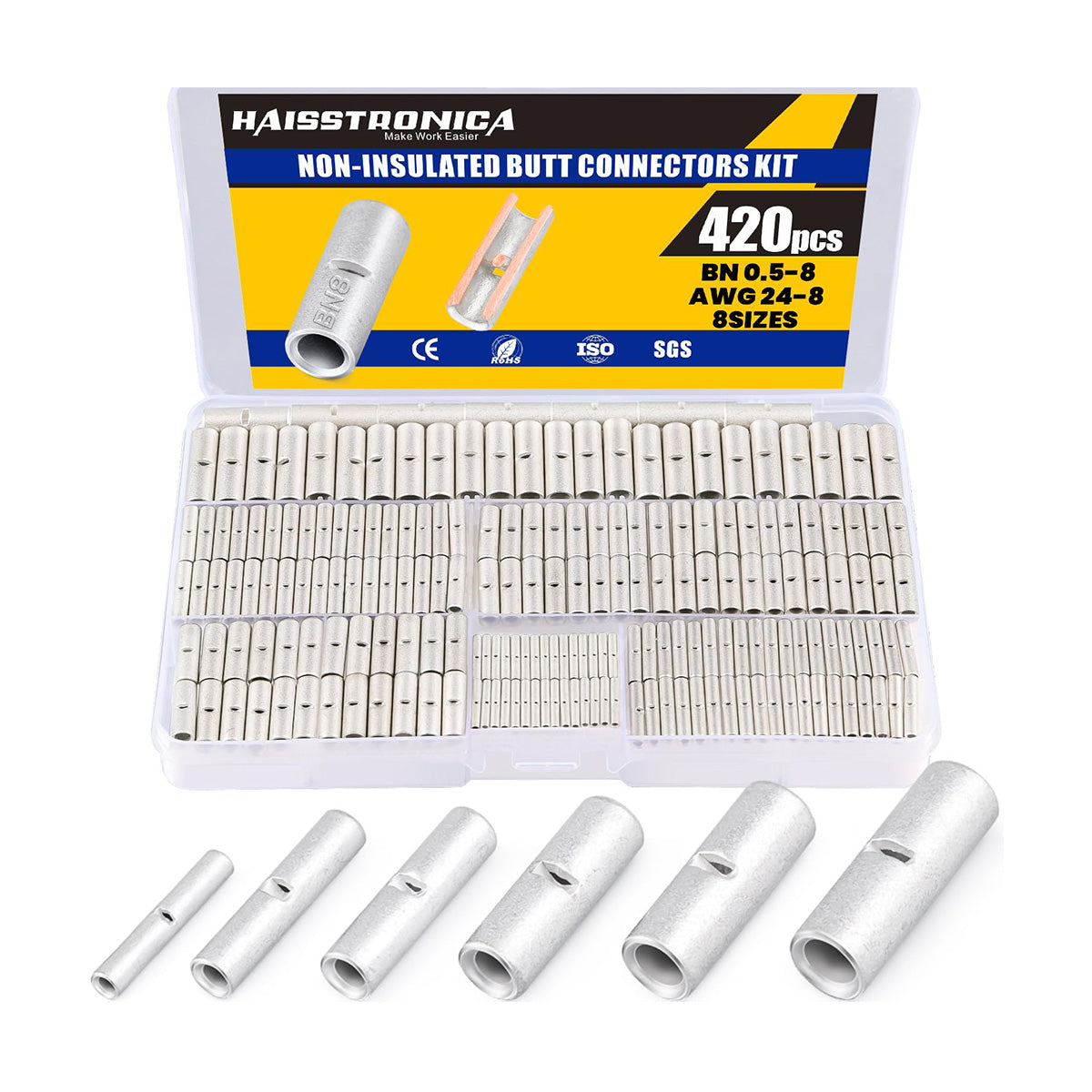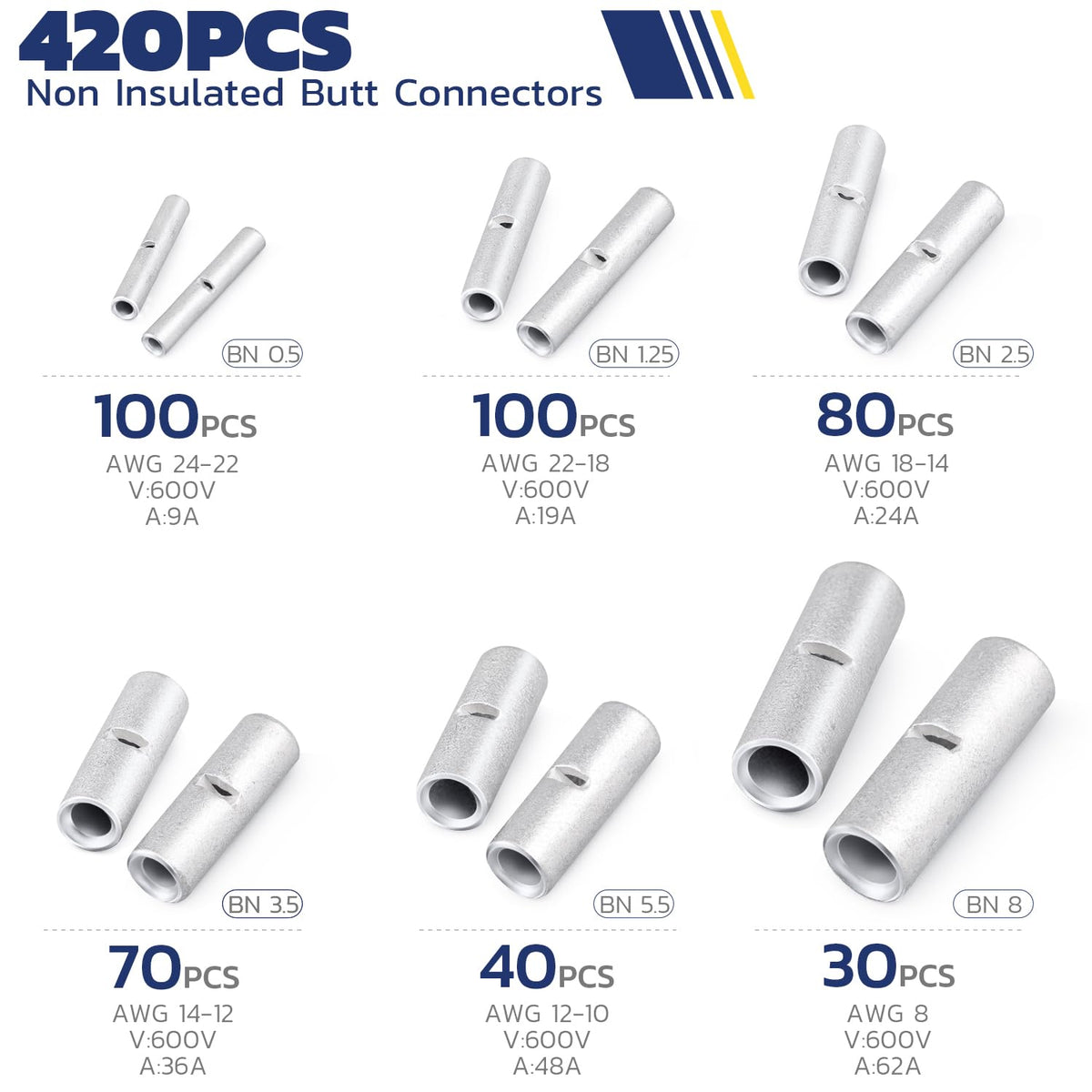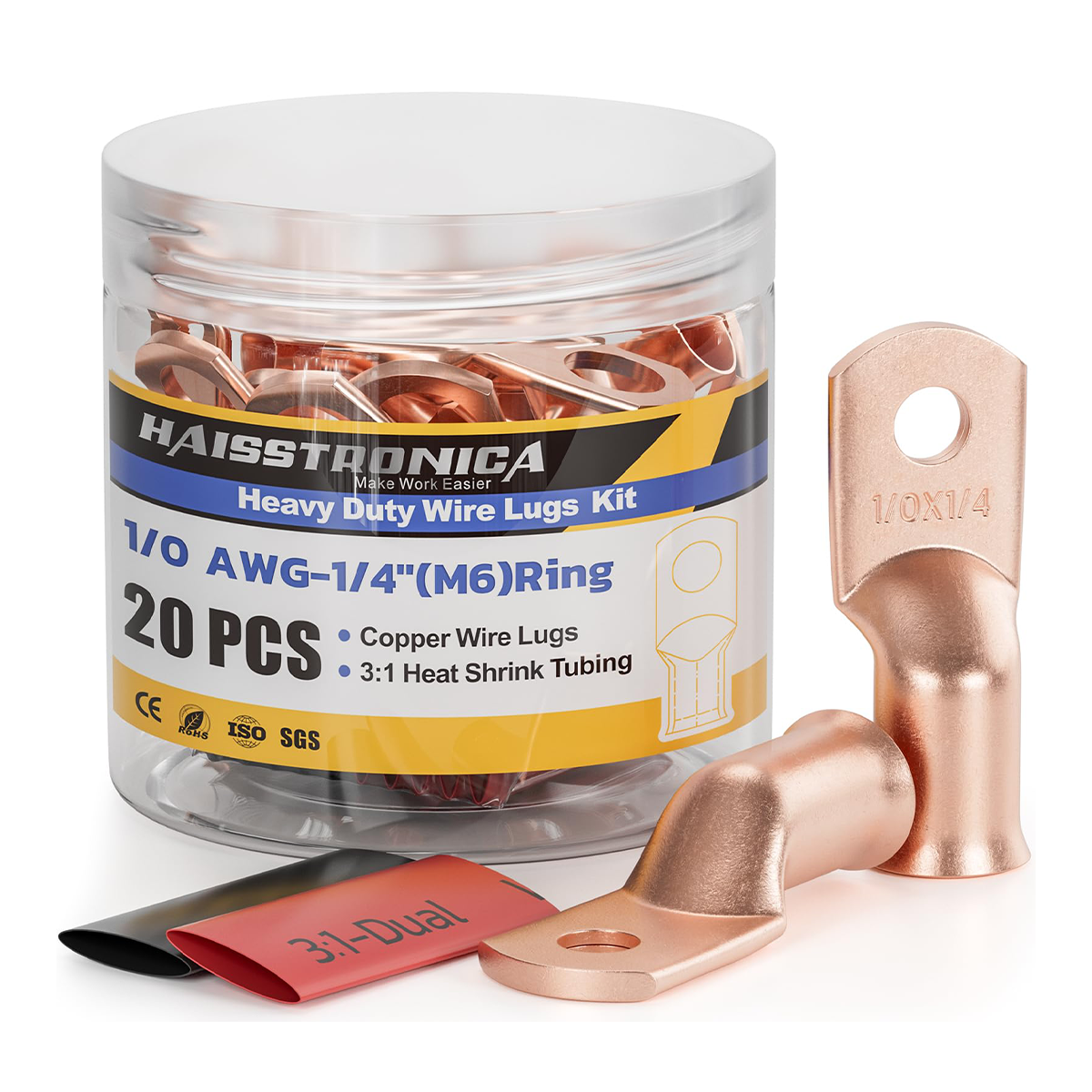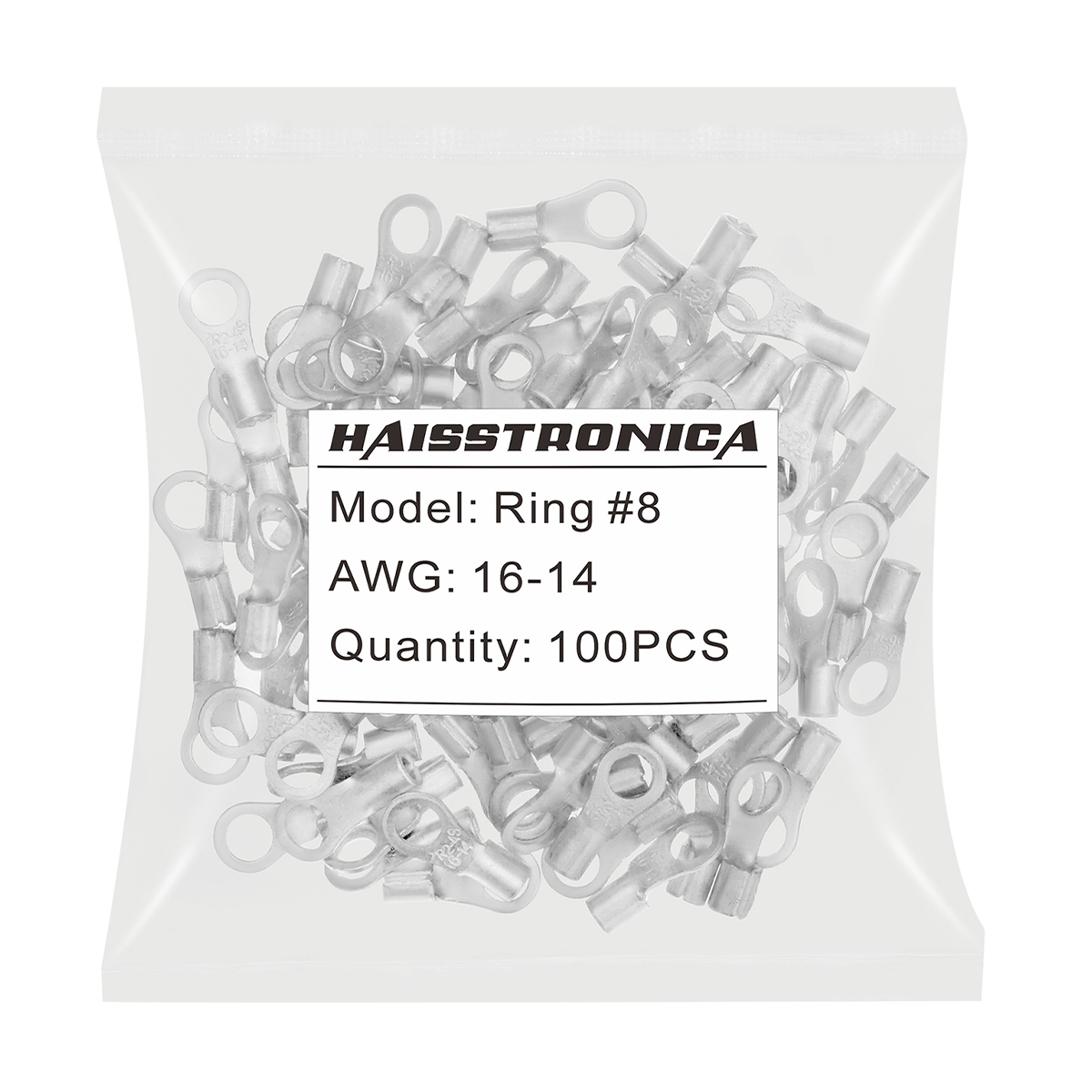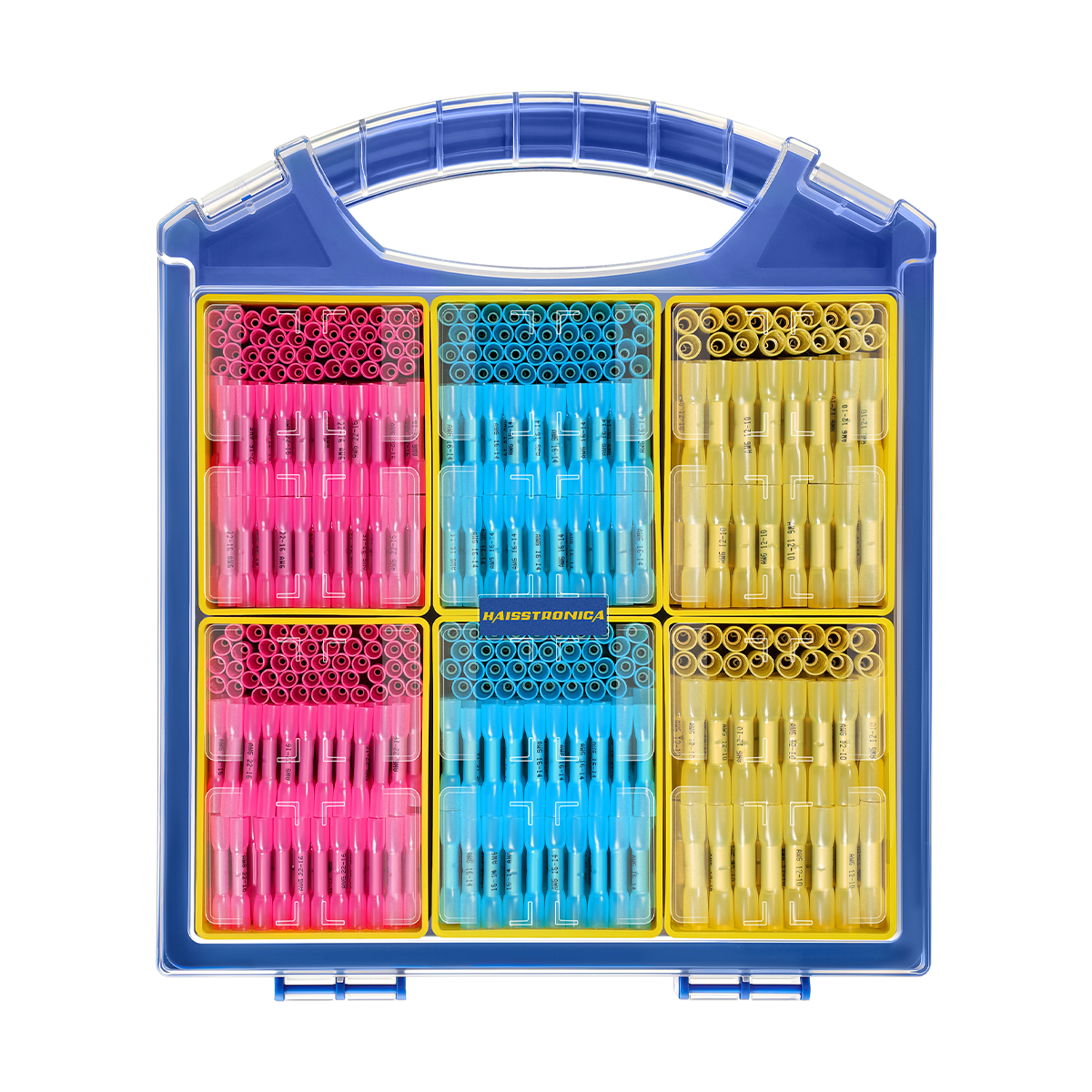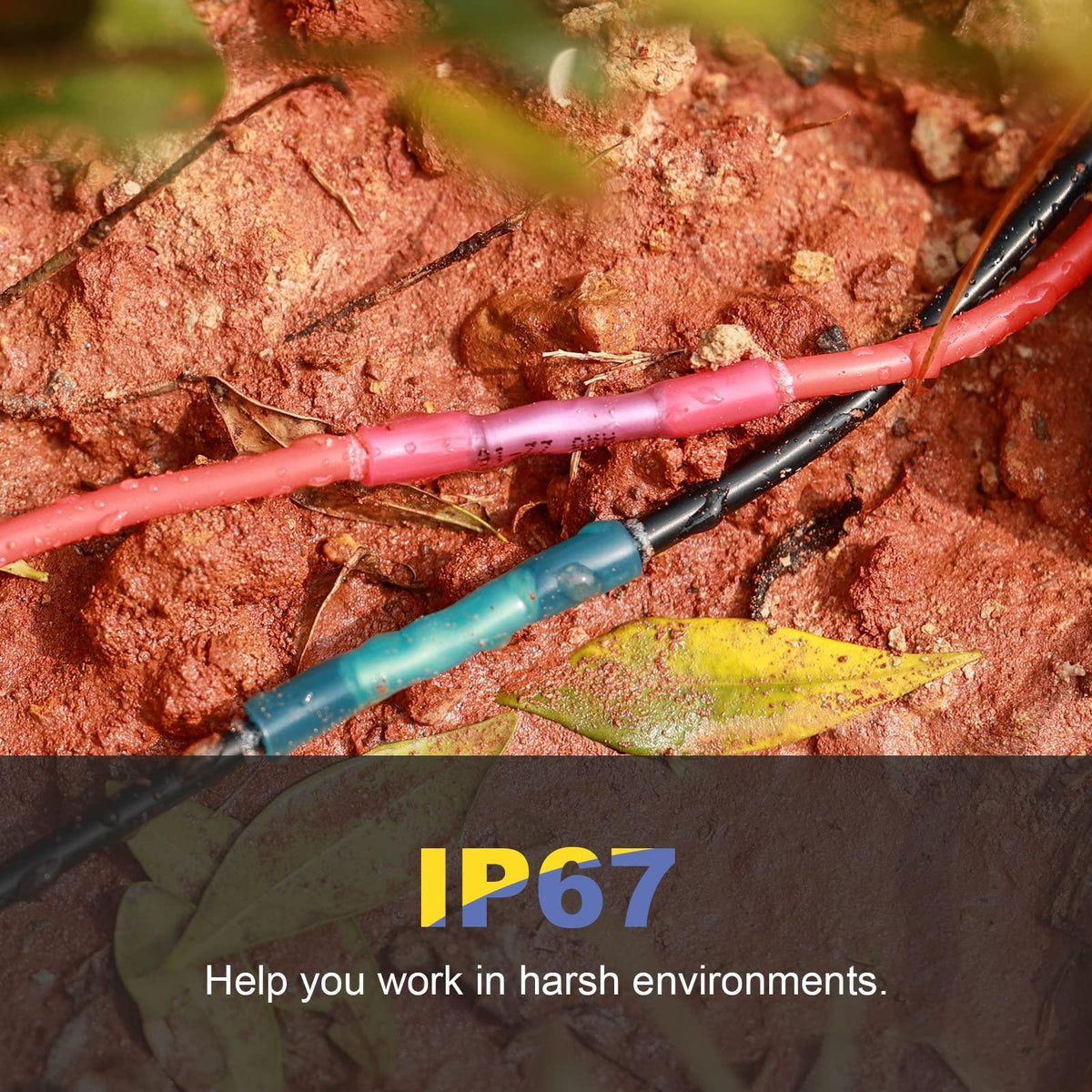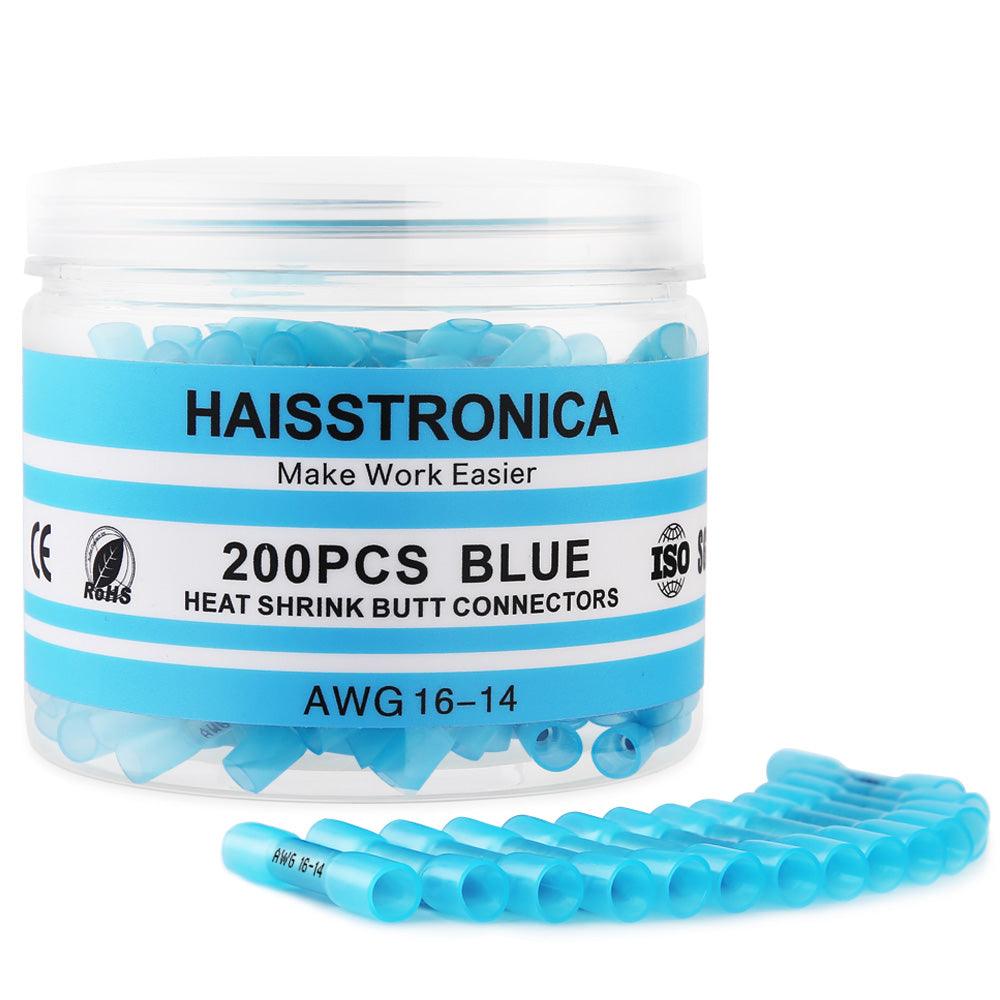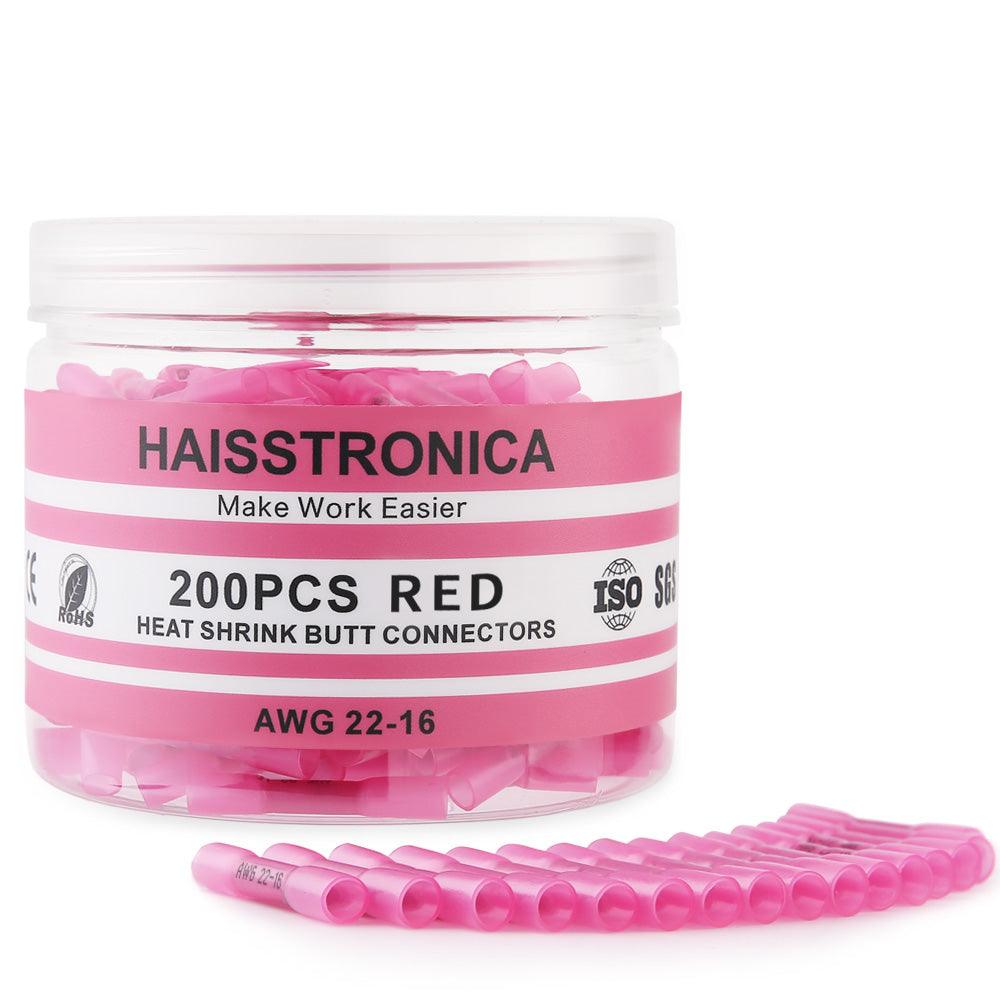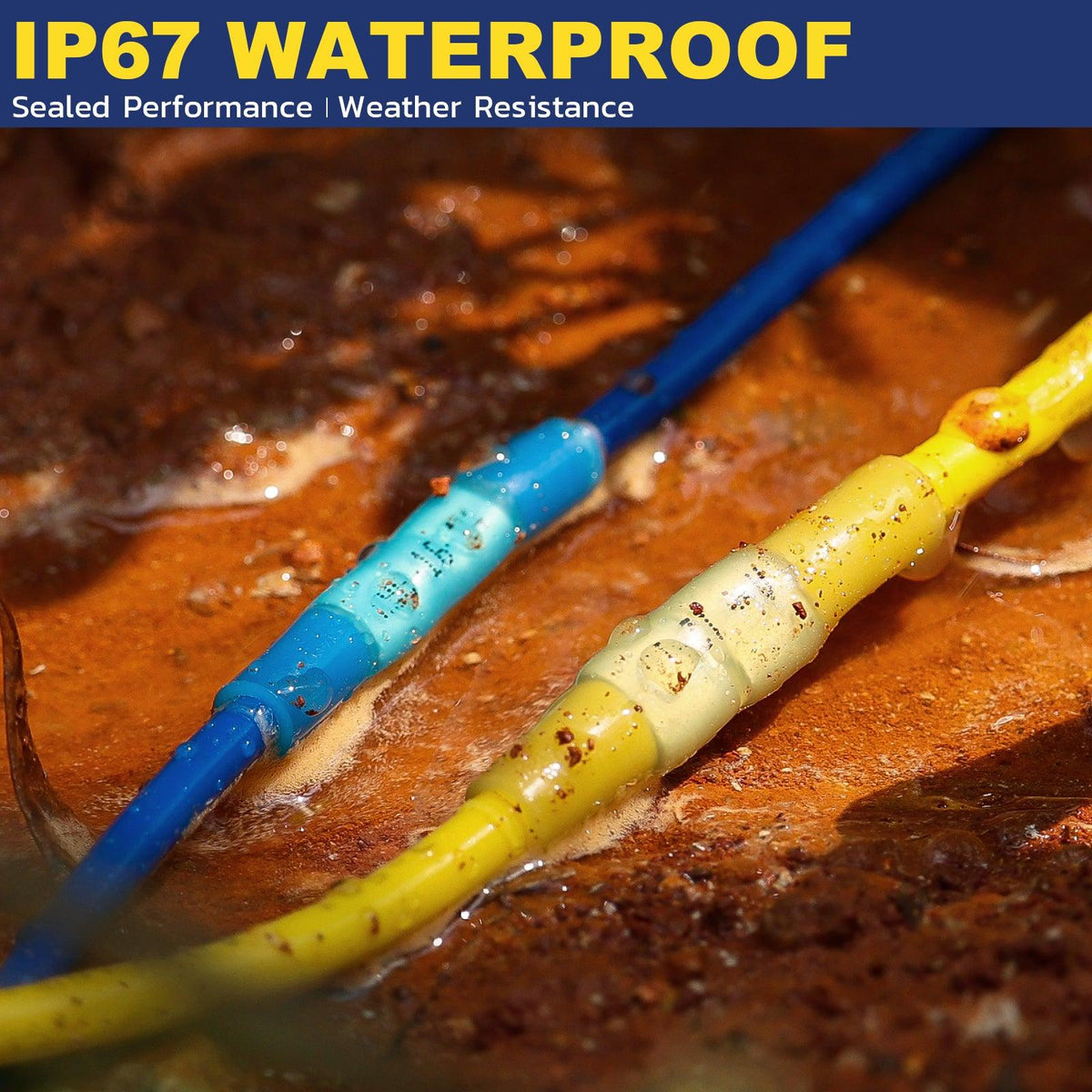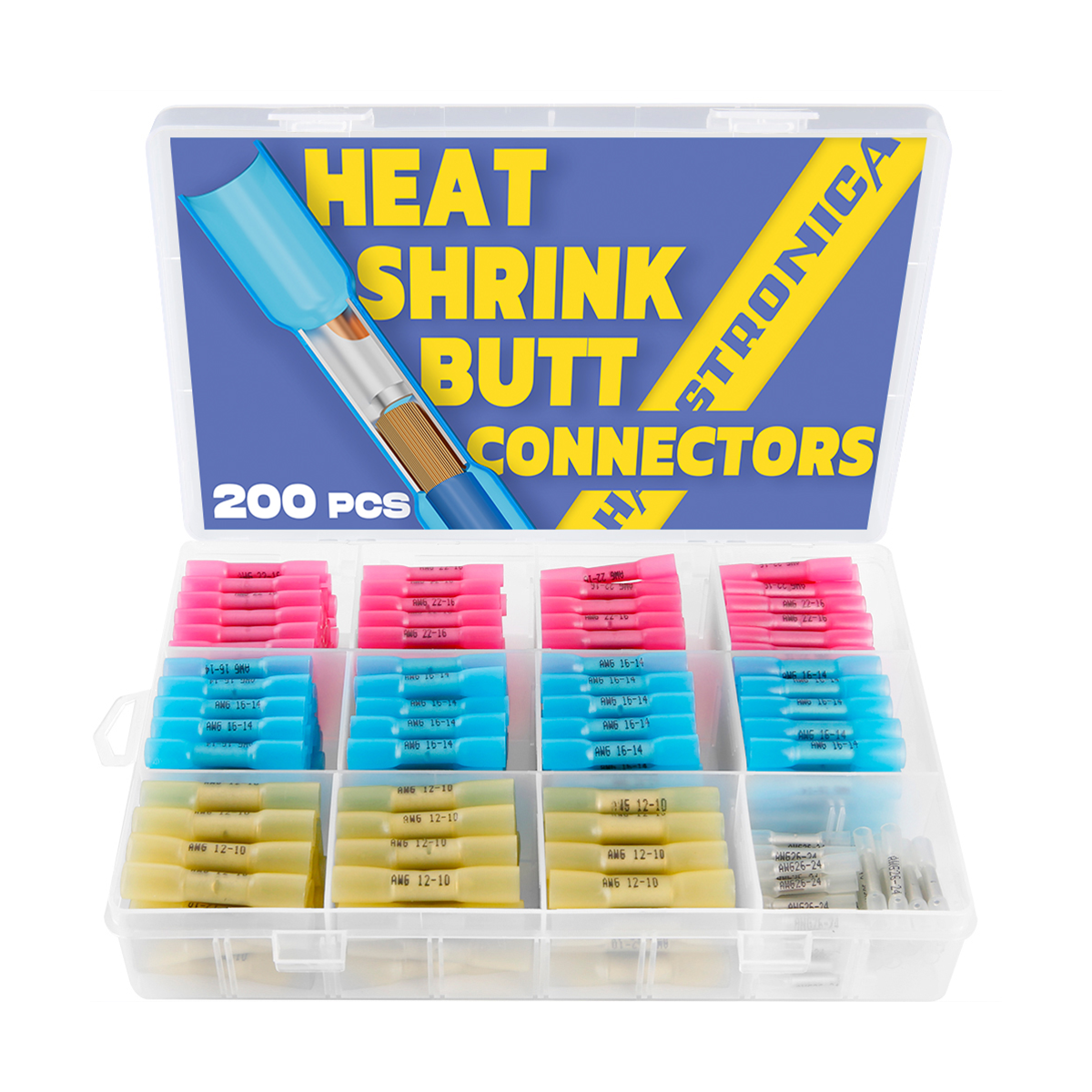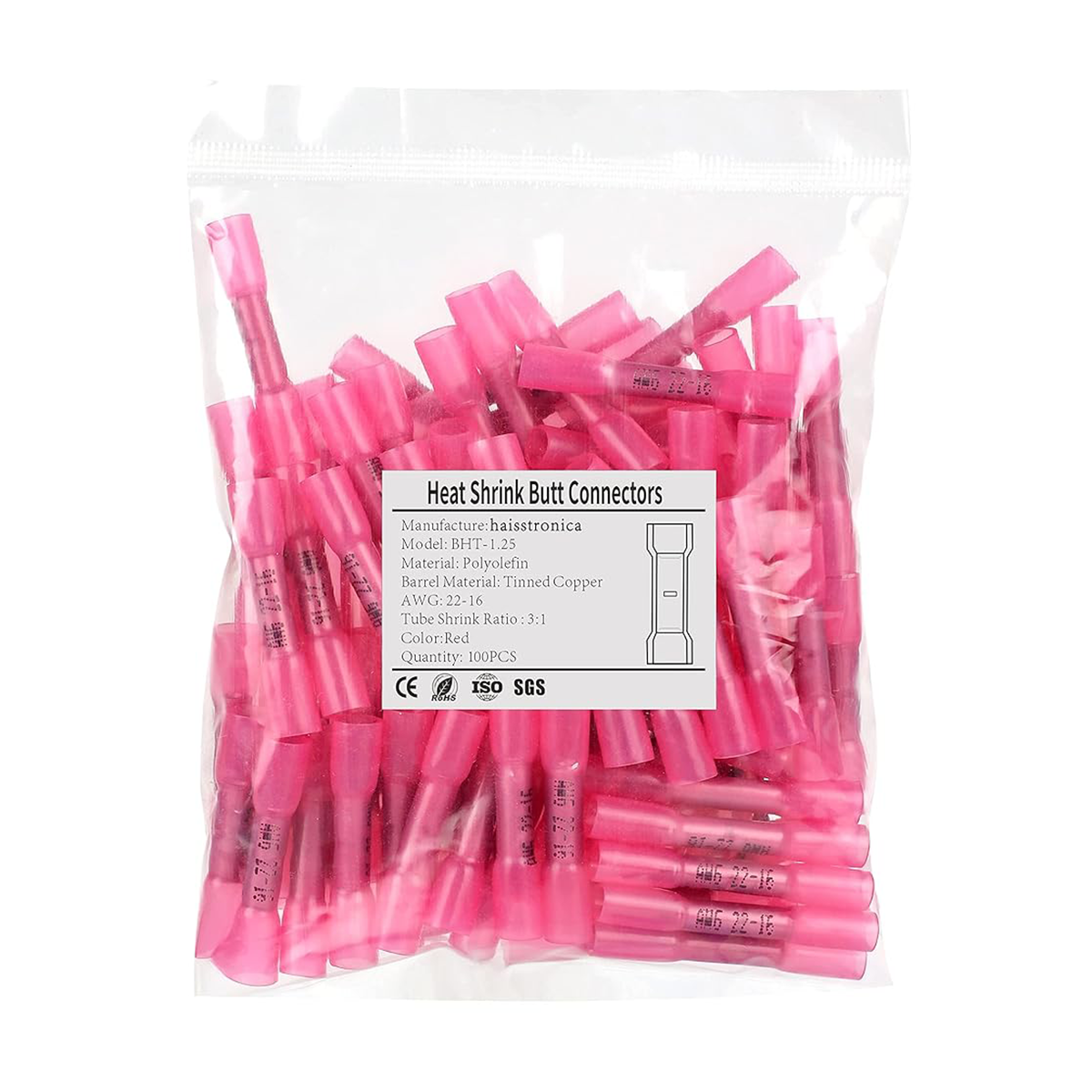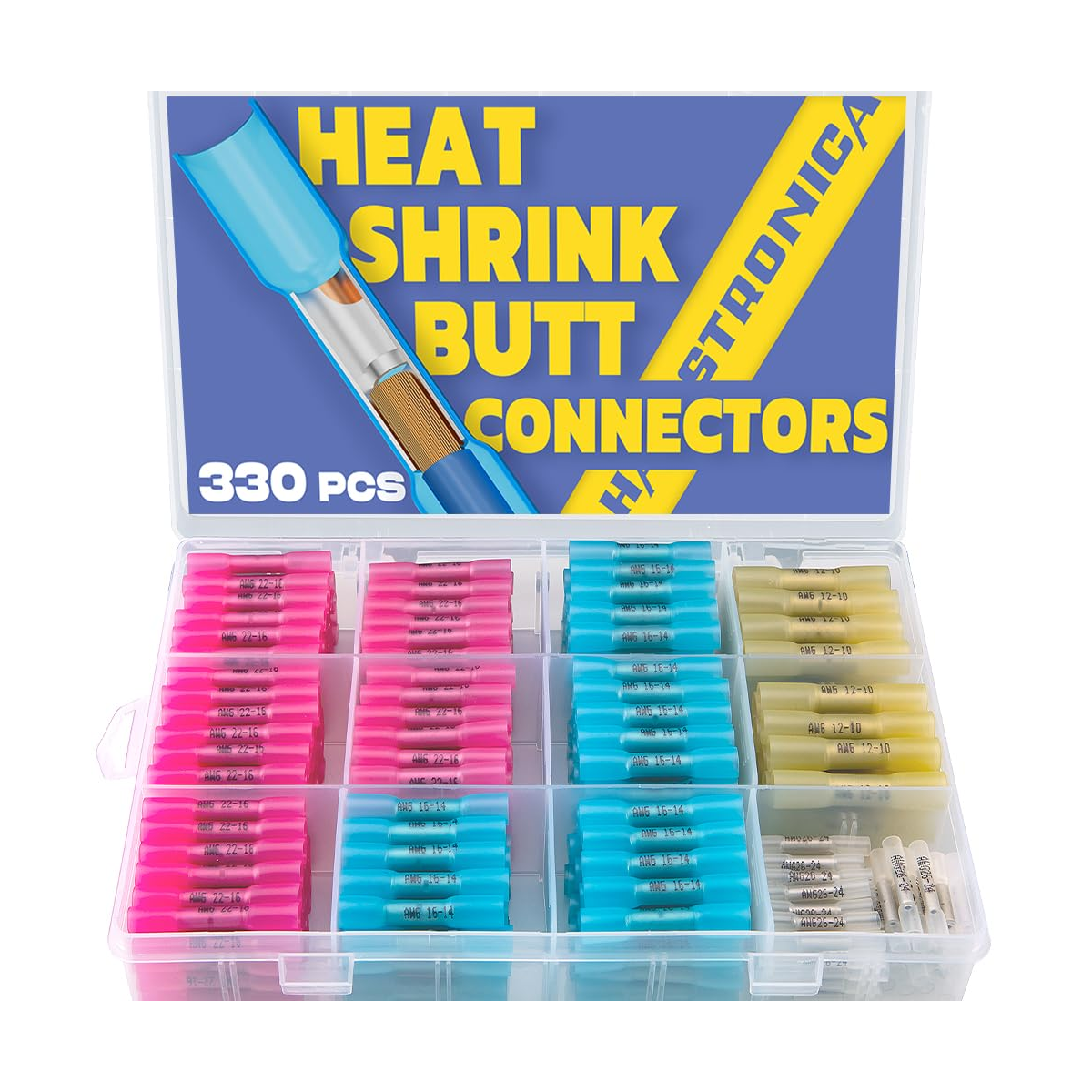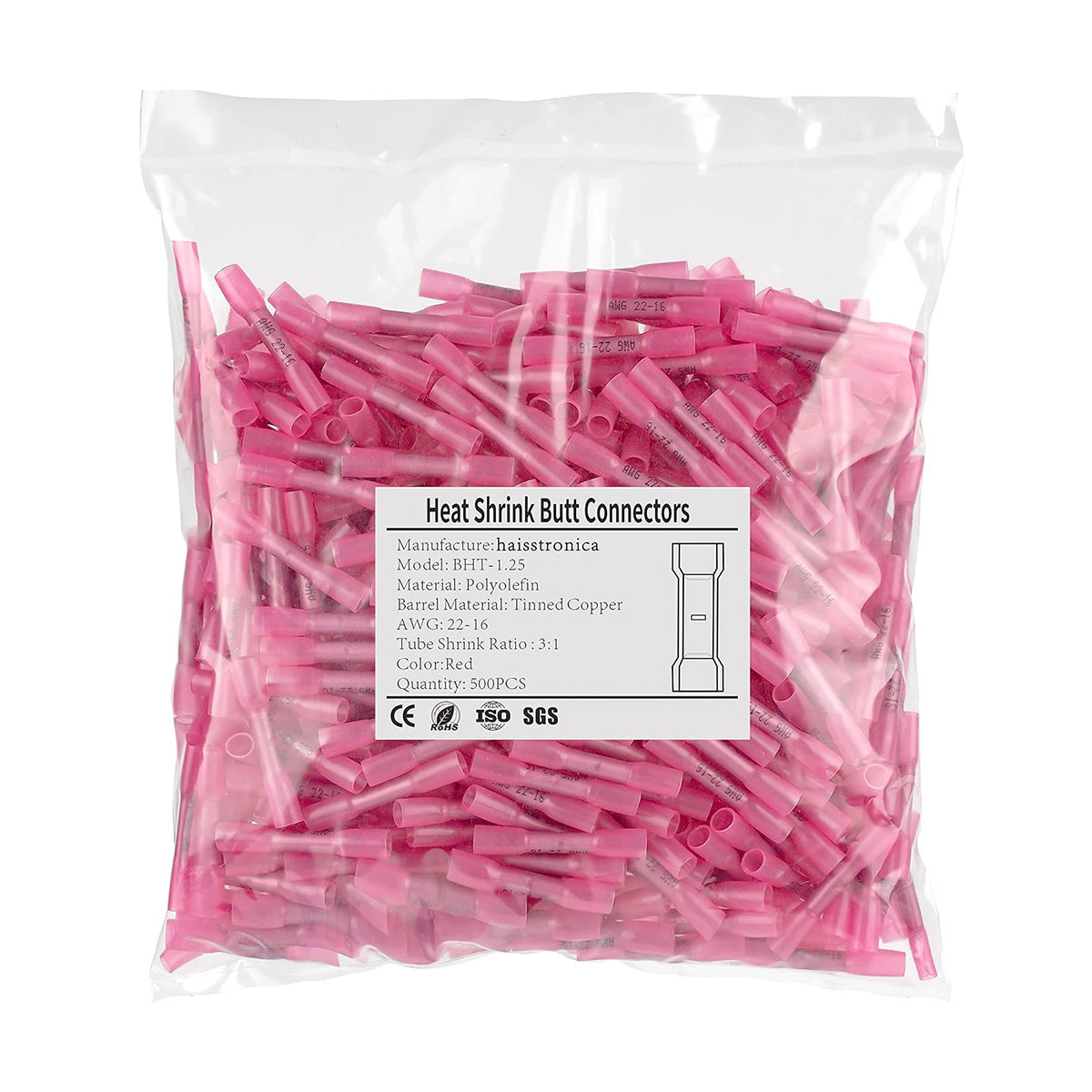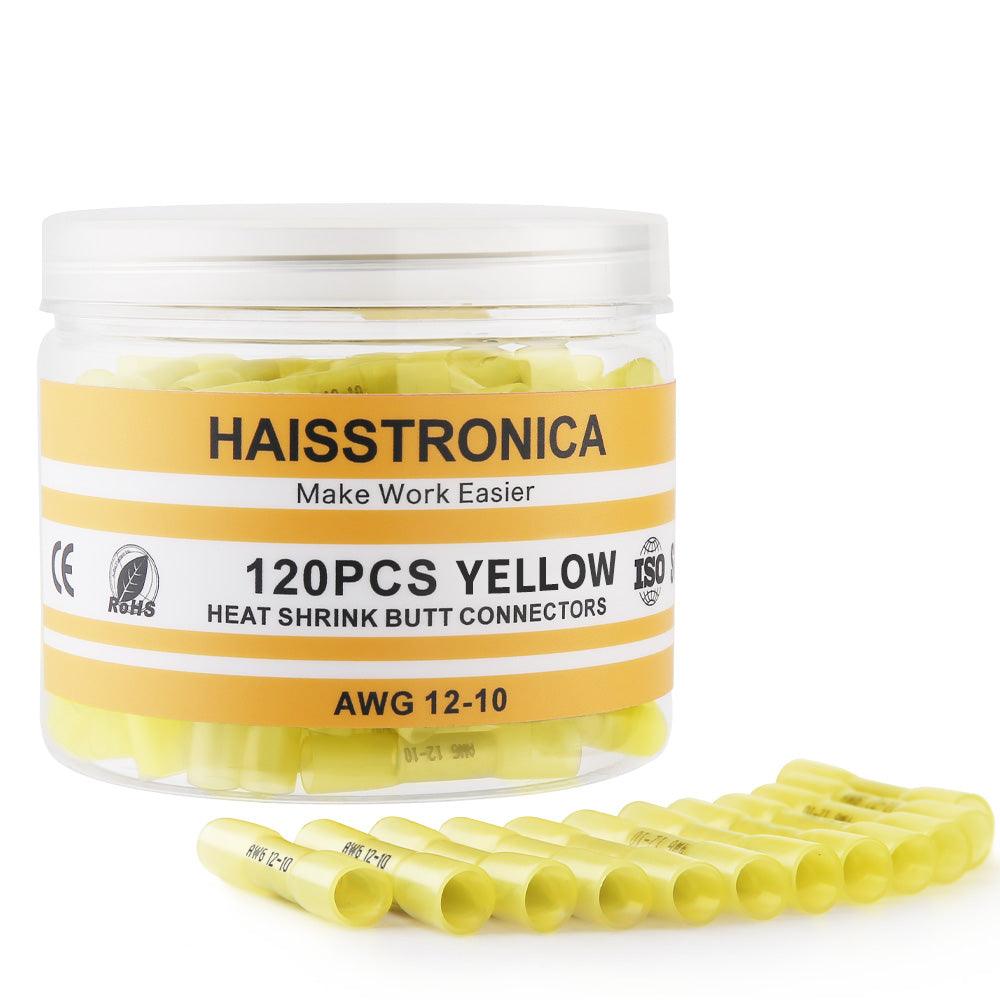The Quick Answer — Match Connector Family × Wire Size × Barrel/Die
Choosing the right wire crimping tool comes down to matching three factors: your connector family (type of terminal), the wire gauge, and the crimp barrel/die shape requiredalvolta.com.aualvolta.com.au. In practice, this means first identifying what kind of wire connector you need to crimp (for example, a butt splice, ring terminal, ferrule, etc.), then ensuring you select a wire crimping tool that fits the wire’s AWG size range, and finally using the proper crimp die geometry that will form a solid crimp on that specific connector. Each connector type is designed to be crimped in a certain way, so using the right tool for the job is essential for a reliable electrical crimp connectionalvolta.com.au. In short, know your connector, know your wire, and use the matching crimp profile – this combination will guide you to the correct wire crimping tools for any given task.
(For example, a versatile ratcheting crimping tool like Haisstronica’s Ratchet Wire Terminal Crimping Tool for AWG 22–10 Heat Shrink Connectors is designed to handle common insulated terminals across a wide wire range, ensuring consistent crimps on heat-shrink connectors.)
Know Your Connector Family (Start Here)
The first step is to identify the connector family you’re working with. Crimping tools are commonly used for attaching wire connectors such as ring terminals, spade connectors, or butt splice connectors to the ends of wiresalvolta.com.au. These types of terminals (including vinyl/nylon-insulated or heat-shrink butt connectors, spade terminals, and ring connectors) typically have a closed-barrel design – the wire inserts into a tubular metal barrel which the tool compresses into an oval or trapezoid shape around the wire. A butt connector crimper or similar ratcheting wire crimper is ideal for these, as it applies even pressure and won’t release until the crimp is complete, preventing under-crimping of the connector.
Other connector families require different approaches. For instance, open-barrel terminals (often found in automotive wiring harnesses and some OEM plug connectors) have “ears” or flanges that wrap around the wire and insulation. These are crimped with a tool that curls the flanges into a tight B-crimp or F-crimp shape for a secure hold. Likewise, wire ferrules (used to consolidate fine-stranded wires for screw terminals) need a dedicated ferrule crimping tool that typically produces a square or hexagonal crimp profile for optimum contact. If you’re working with specialty cables, there are specific tools as well – for example, to crimp spark plug wires you’ll need a spark plug wire crimping tool designed for ignition leads, and large battery lugs call for heavy-duty battery cable crimpers or even hydraulic crimpers (standard wire crimping tools simply can’t accommodate those larger cable sizes).
Read more: Cable crimping tool. Everything You Need to Know
Barrel & Die Geometry — What Shape Do You Need?
Beyond knowing the connector type, you must ensure the crimper’s die geometry matches the connector’s barrel shape. The shape of the crimp die is crucial for forming a secure crimp connection. Closed-barrel connectors (like most insulated terminals and butt splices) are usually crimped with an oval, indent, or trapezoidal profile die. Open-barrel terminals require dies that form the appropriate F-crimp profile to fold over the tabs correctly. Ferrule crimpers often use square or hex dies – a square crimp gives four flat sides for screw terminals, whereas a hexagonal crimp closely mimics a round profile, fitting better into round terminal openings. Heavy-duty lugs for high-current cables are commonly crimped with hexagonal or indent dies, which compress the barrel into a robust, solid mass for maximum conductivity and pull strength. Always use the die shape that the connector manufacturer specifies for that terminal style; using the wrong shape can result in a weak crimp or damage to the connector. In fact, it’s important to verify that your crimping tool’s die matches both the wire gauge and the connector type before crimping – a mismatch can lead to an under-crimp or over-crimp that compromises the connection. Having the correct die not only crimps wire correctly but also ensures the connection can handle the electrical load without overheating or coming loose over time.

Environment & Application — Choose for the Job, Not Just the Size
Choosing a crimp tool isn’t only about connector type and wire size – you should also consider the environment and application. Environmental conditions play a big role in connector selection and thus the tool you’ll use. If your wiring will be exposed to water, salt, or harsh weather (marine, outdoor, or automotive underhood, for example), you should opt for heat-shrink wire connectors and matching tools. Heat-shrink insulated butt connectors have adhesive-lined tubing that, when heated after crimping, creates a waterproof seal to prevent corrosion. A ratcheting wire crimping tool designed for insulated terminals will form a reliable crimp without puncturing or damaging the insulation on these connectors. (Heat-shrink connectors are ideal for waterproof and corrosion-resistant connections in marine and automotive settings.) In high-vibration environments (vehicles, machinery), open-barrel crimps with proper strain relief are often preferred for their resistance to vibration loosening – make sure to use the correct wire crimper that creates a firm double crimp on both the conductor and insulation for such terminals.
Application-specific needs also matter. If you’re doing a few occasional crimps in tight spaces, a compact handheld wire crimp tool may be sufficient. But for a high volume of terminations or larger cables, you might require more specialized crimping tools. For example, crimping a wire onto a large battery terminal or heavy cable lug often demands a powerful tool (such as a hydraulic or heavy-duty hexagonal crimper), since regular wire crimping tools for small gauges won’t generate enough force or die size. Similarly, spark plug wires have unique terminals that benefit from a dedicated spark plug wire crimp tool to ensure a proper crimp on the conductor and the wire’s insulation. In summary, always choose a tool appropriate not just for the connector size, but for the job conditions: consider factors like weatherproofing, mechanical stress, and volume of work. Investing in a quality wire crimping tool suited to your application will pay off in more consistent, safe crimps.
Read more: Cable crimping tool. Everything You Need to Know
Step‑by‑Step Selection Checklist
-
Identify the Connector Type: Determine your connector family first – e.g. butt connectors, ring or spade terminals, open-barrel pins, wire ferrules, coaxial plugs, etc. The type of terminal dictates the style of crimp and the tool needed. (For instance, insulated butt splices vs. open-barrel automotive terminals require different crimping approaches.)
-
Match the Wire Gauge: Check the wire AWG size and choose a crimping tool rated for that range. The tool’s crimp cavities must correspond to the wire size for a proper crimp. Using the wrong size tool on a wire can lead to a crimp that is too loose or over-compressed.
-
Select the Proper Die/Profile: Use a tool with the correct crimp die shape for your connector’s barrel (oval, hex, square, etc.). Ensure the die or jaws are designed for your specific terminal type to crimp the wire correctly. (Example: use a ferrule crimping tool for ferrules, a hex die for battery lugs, an F-crimp die for open-barrel pins, a dimple die for ignition terminals, etc.)
-
Consider Insulation & Environment: If the connector is insulated (vinyl/nylon or heat-shrink), make sure your wire crimping tool is suitable for insulated terminals (often with a corresponding color-coded die). For waterproof or marine use, choose heat shrink butt connectors and a tool that won’t pierce the insulation. In extreme vibration or heat environments, use high-quality terminals and a crimper that produces a robust crimp (e.g. double-crimp for strain relief).
-
Mind the Application Demands: For high volumes of crimping, consider ratcheting or power crimpers to reduce fatigue and ensure consistency. For special applications like spark plug wire crimping or very large cables, use the designated crimping tools (e.g. an ignition wire crimper, hydraulic battery cable crimping tool, etc.). Always follow any manufacturer recommendations for crimp tools on specific connectors to guarantee performance and preserve warranties.
-
Verify the Crimp Quality: Once selected, double-check that the tool’s die and setting match your connector and wire before crimping. A quick test crimp can confirm if the connection is tight and correctly formed. A proper crimp should be firm and secure – not cutting through the wire, but not slipping off either. Using a good quality wire crimper with a ratchet mechanism can help ensure the crimp is fully completed every time. Finally, inspect and tug-test the crimped wire connection to ensure it’s sound. If everything checks out, you’ve got the right tool for the job!
References:
